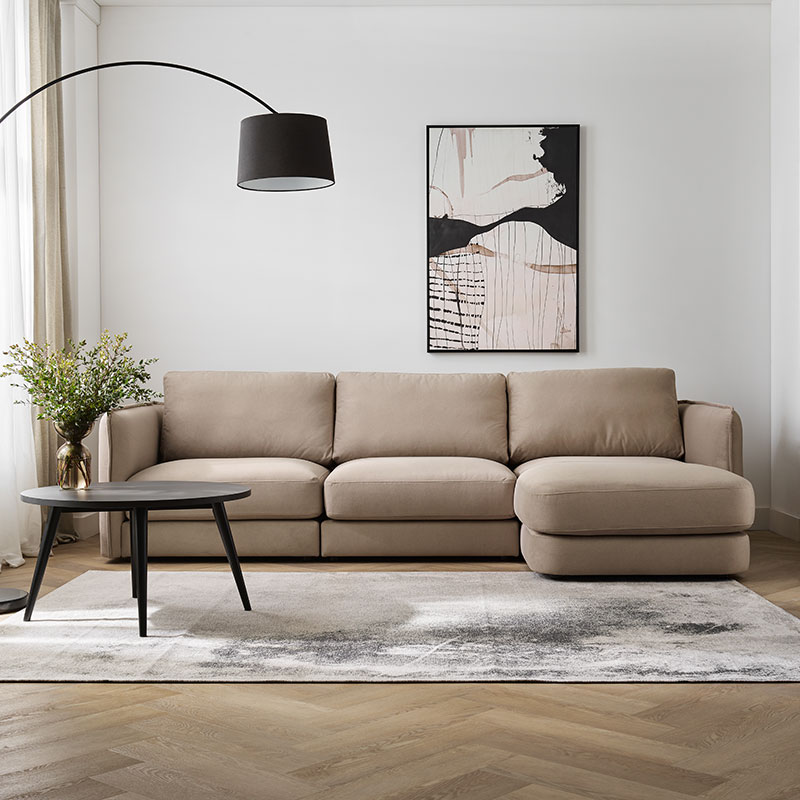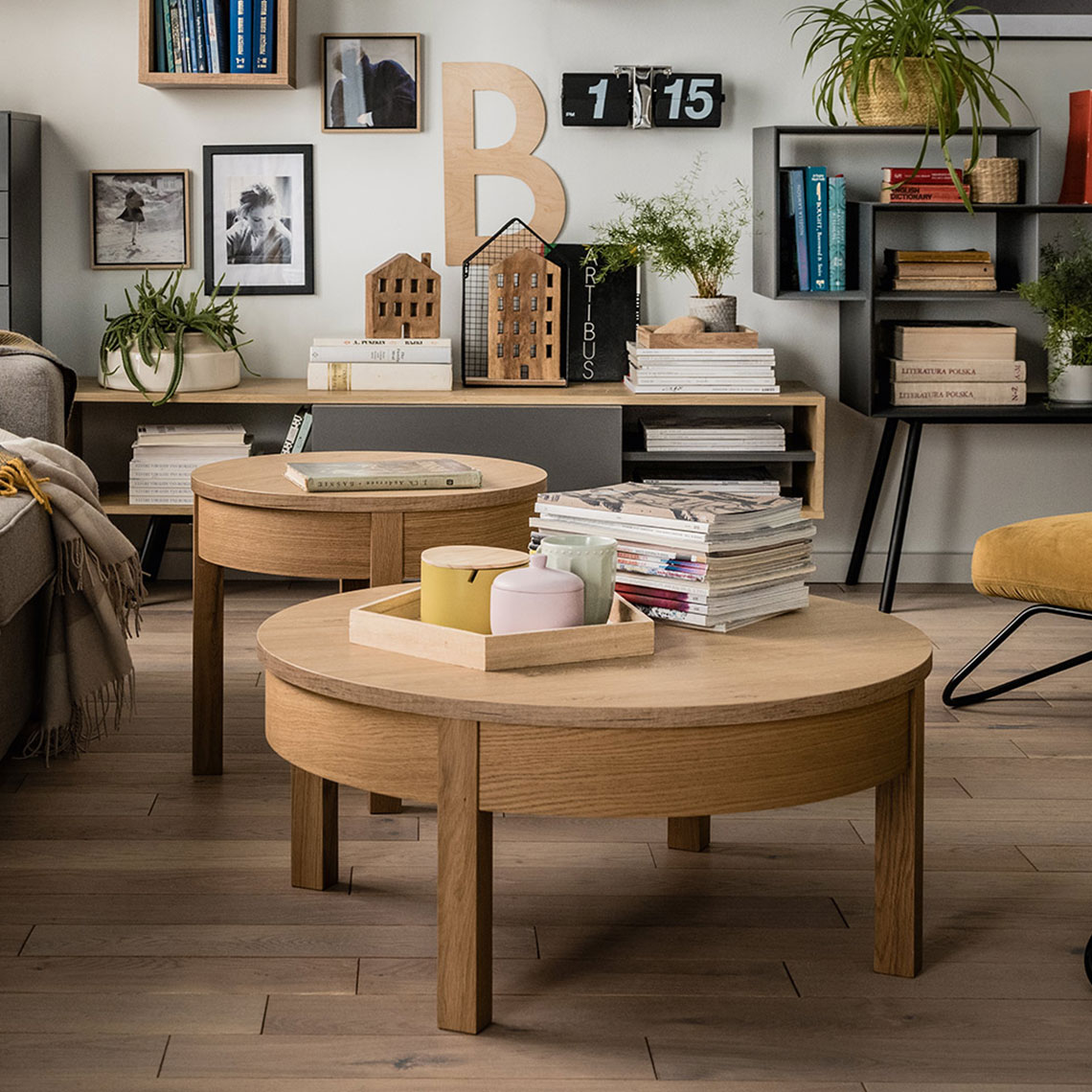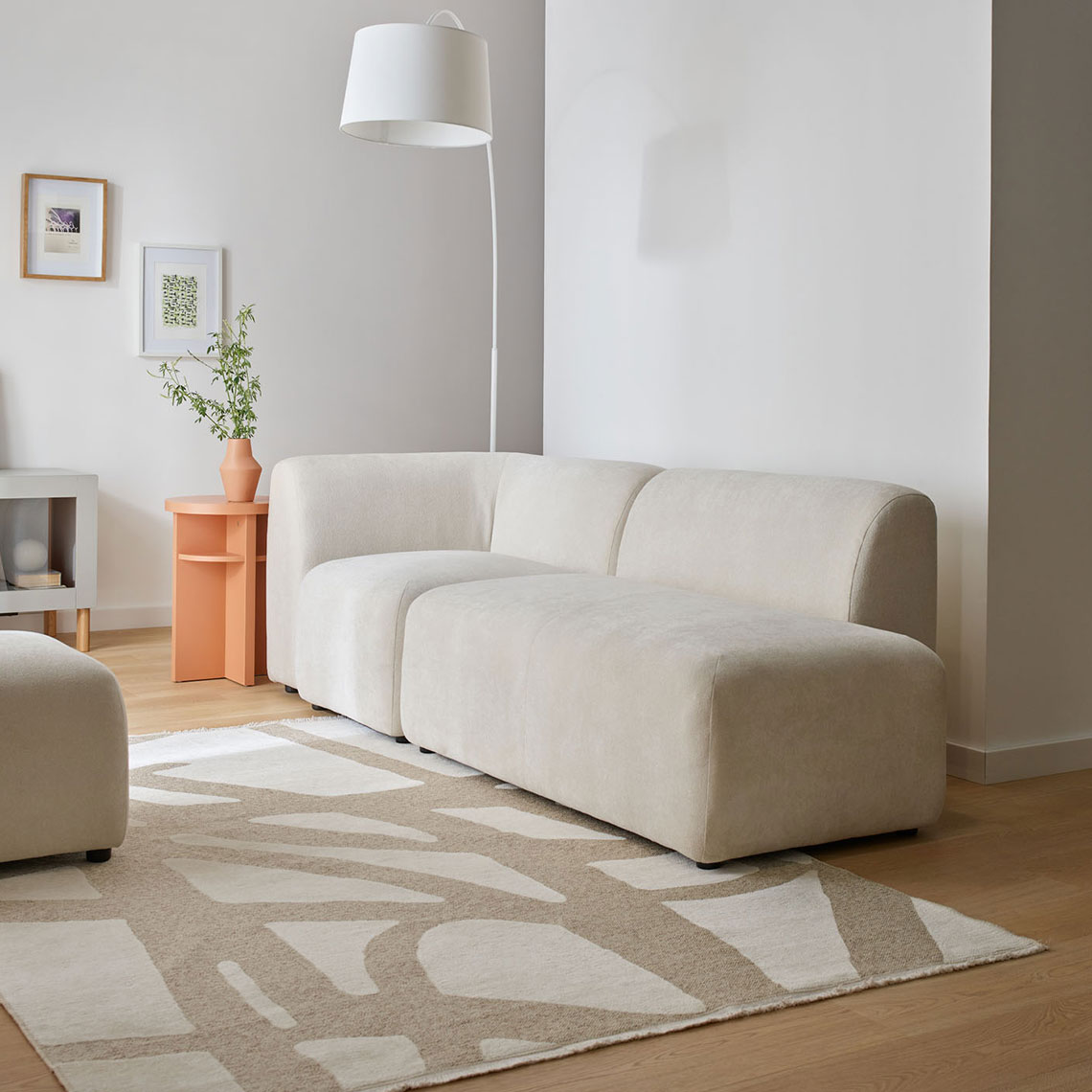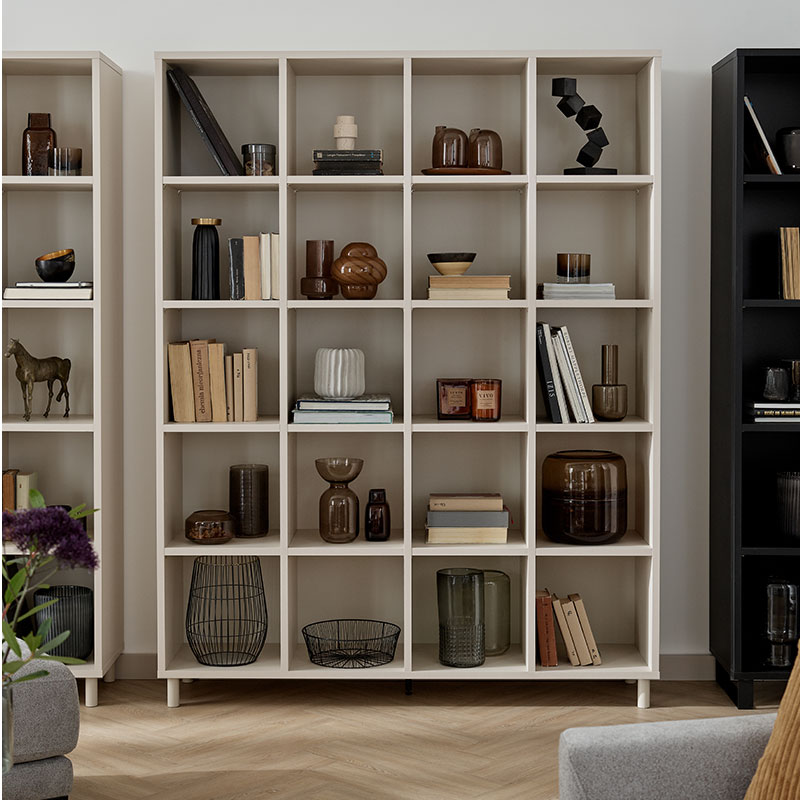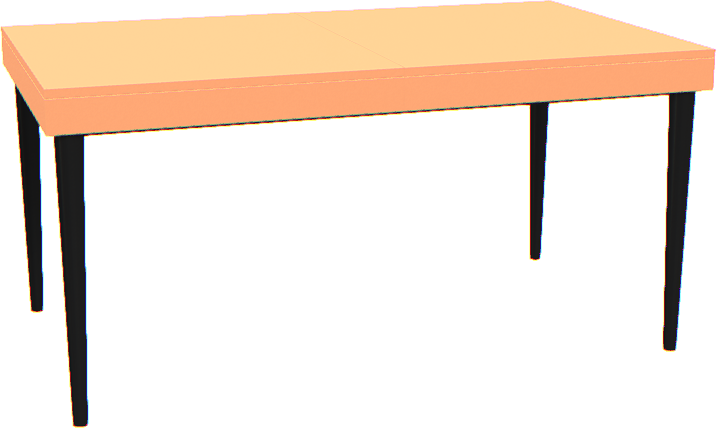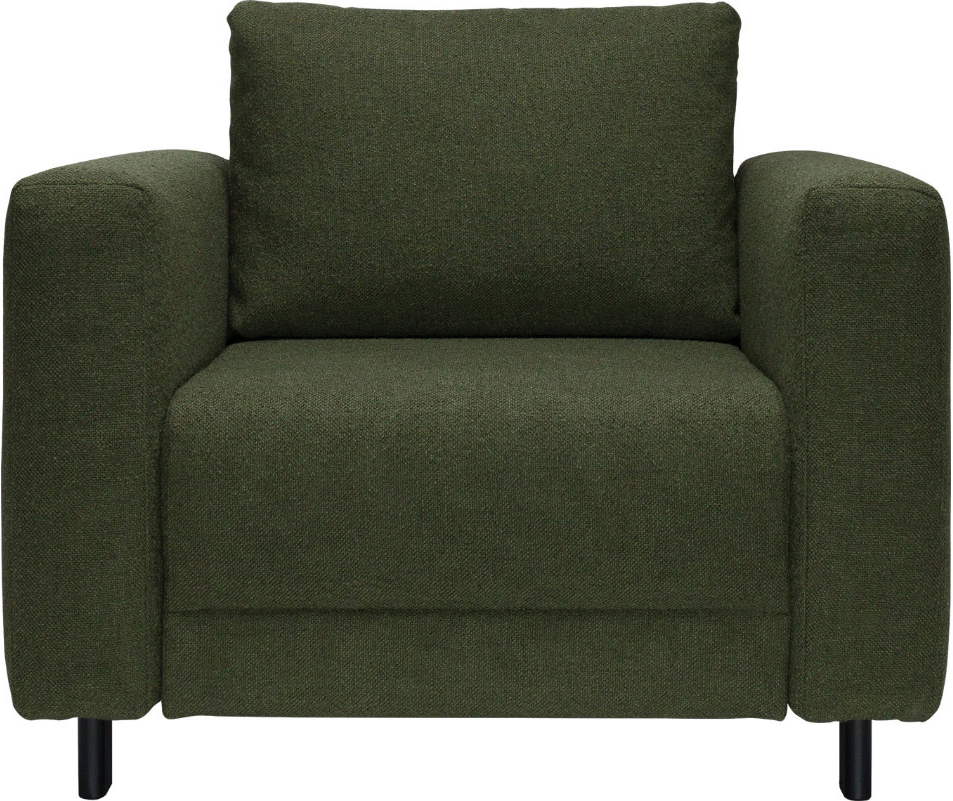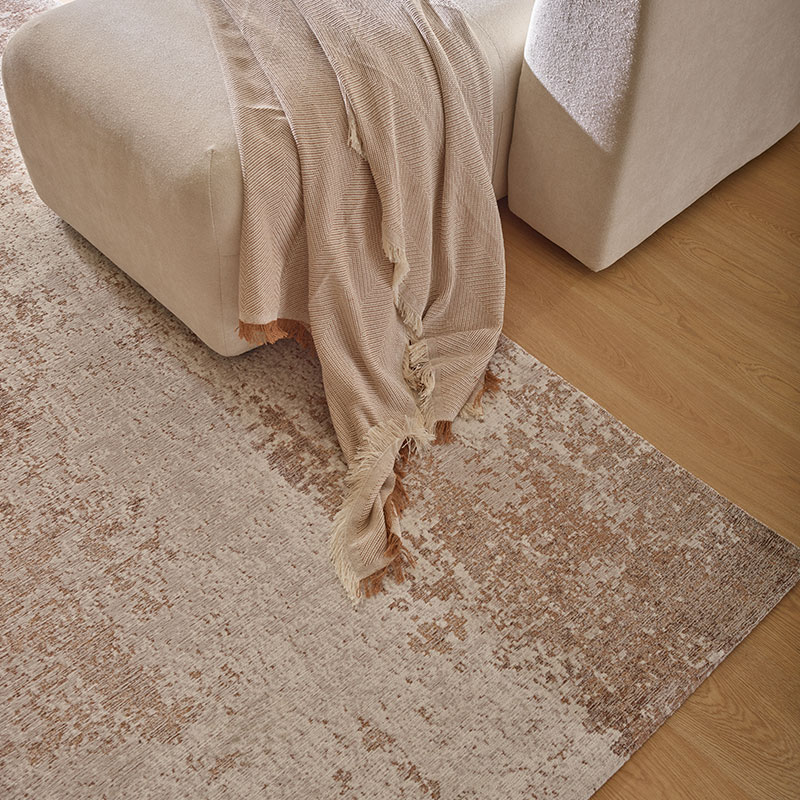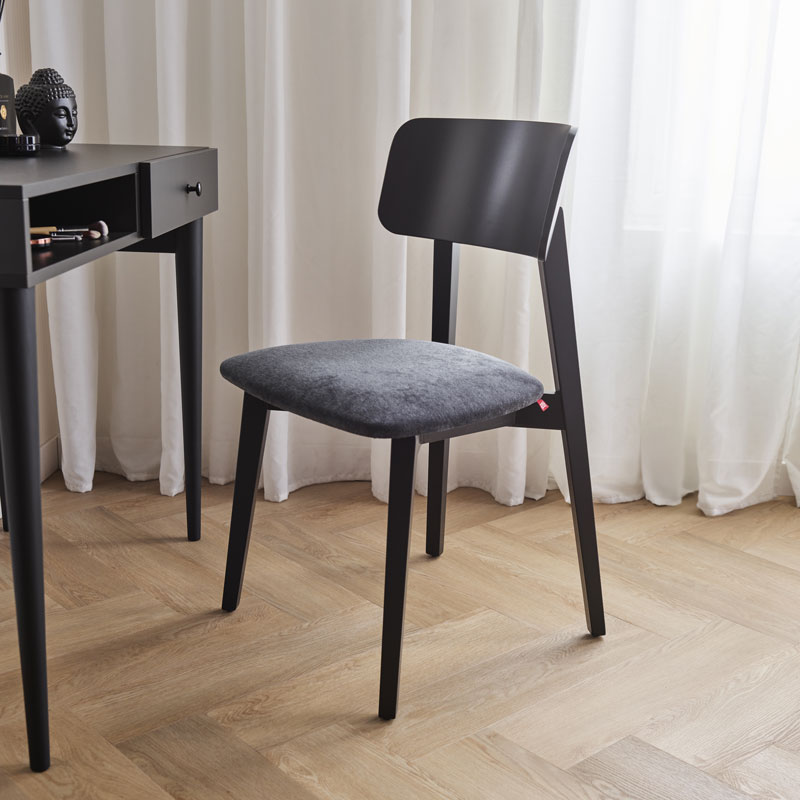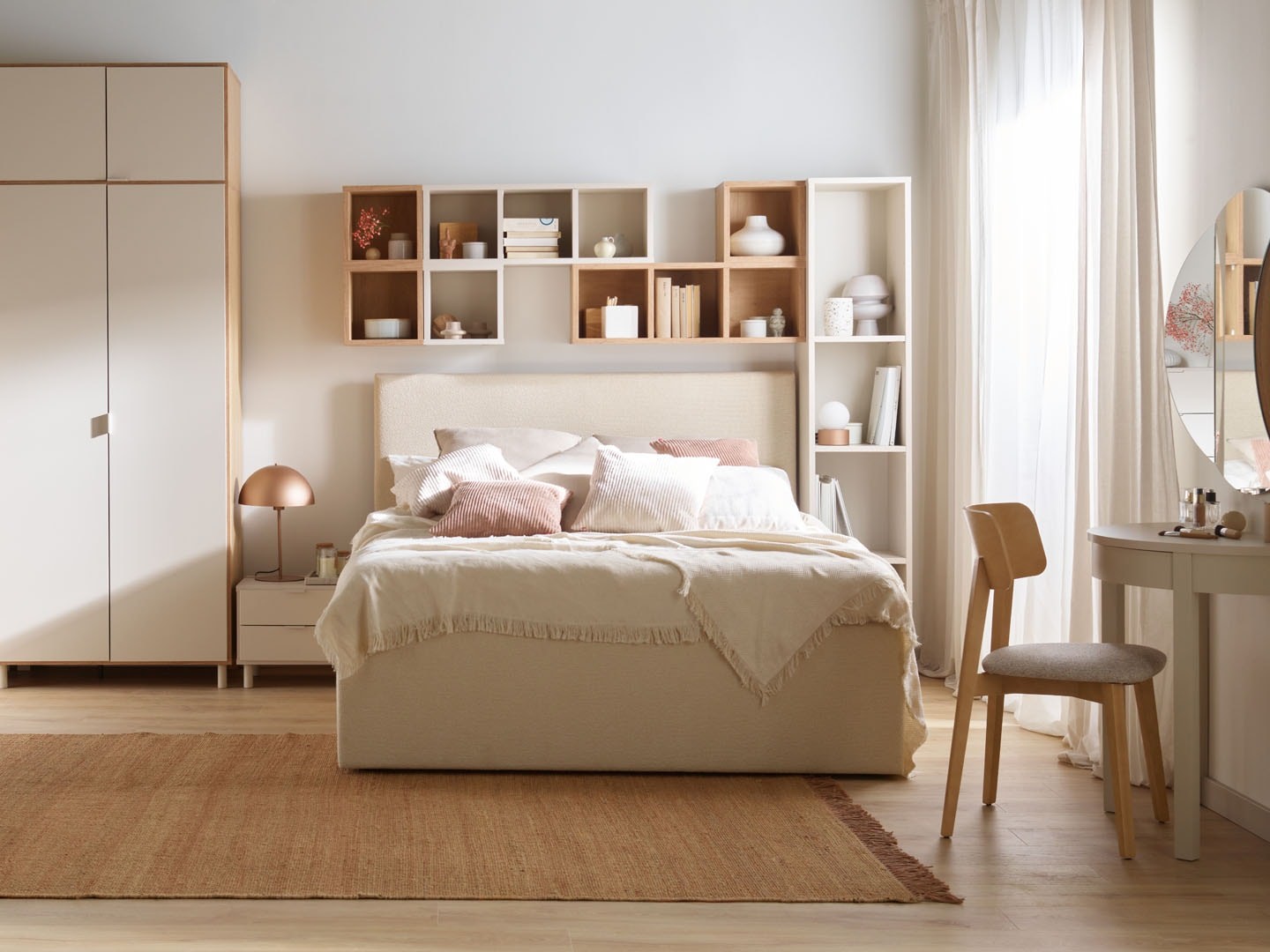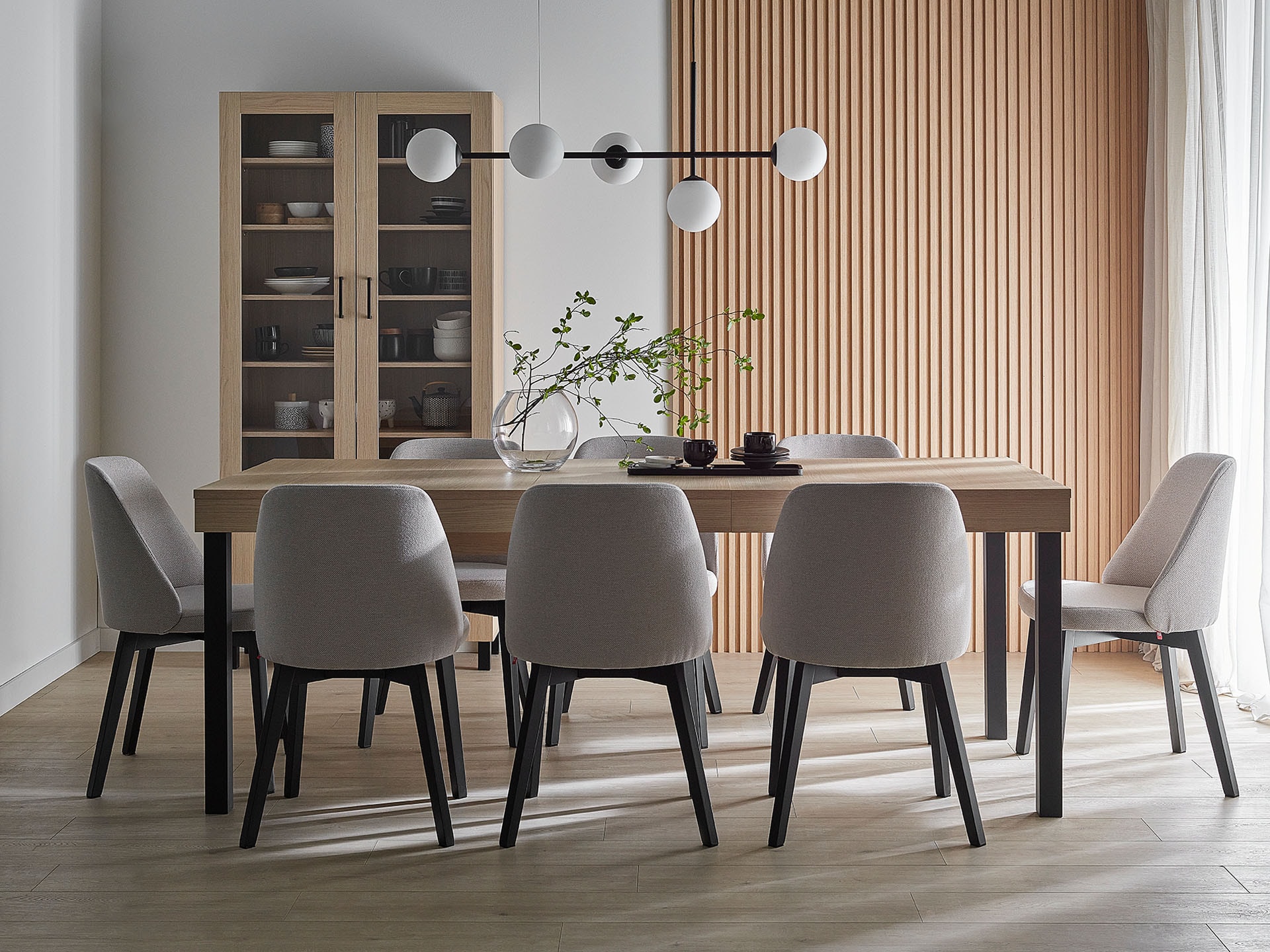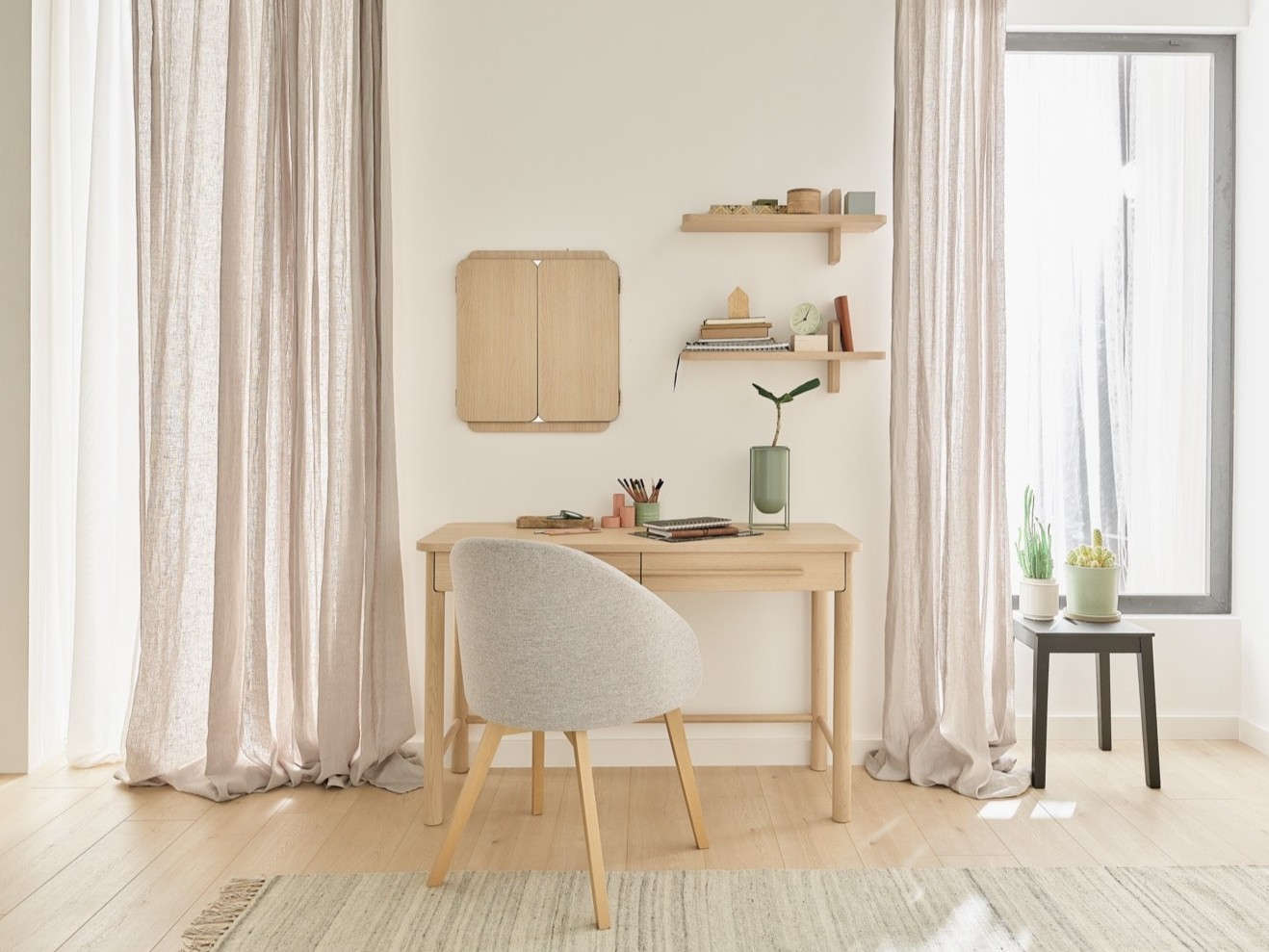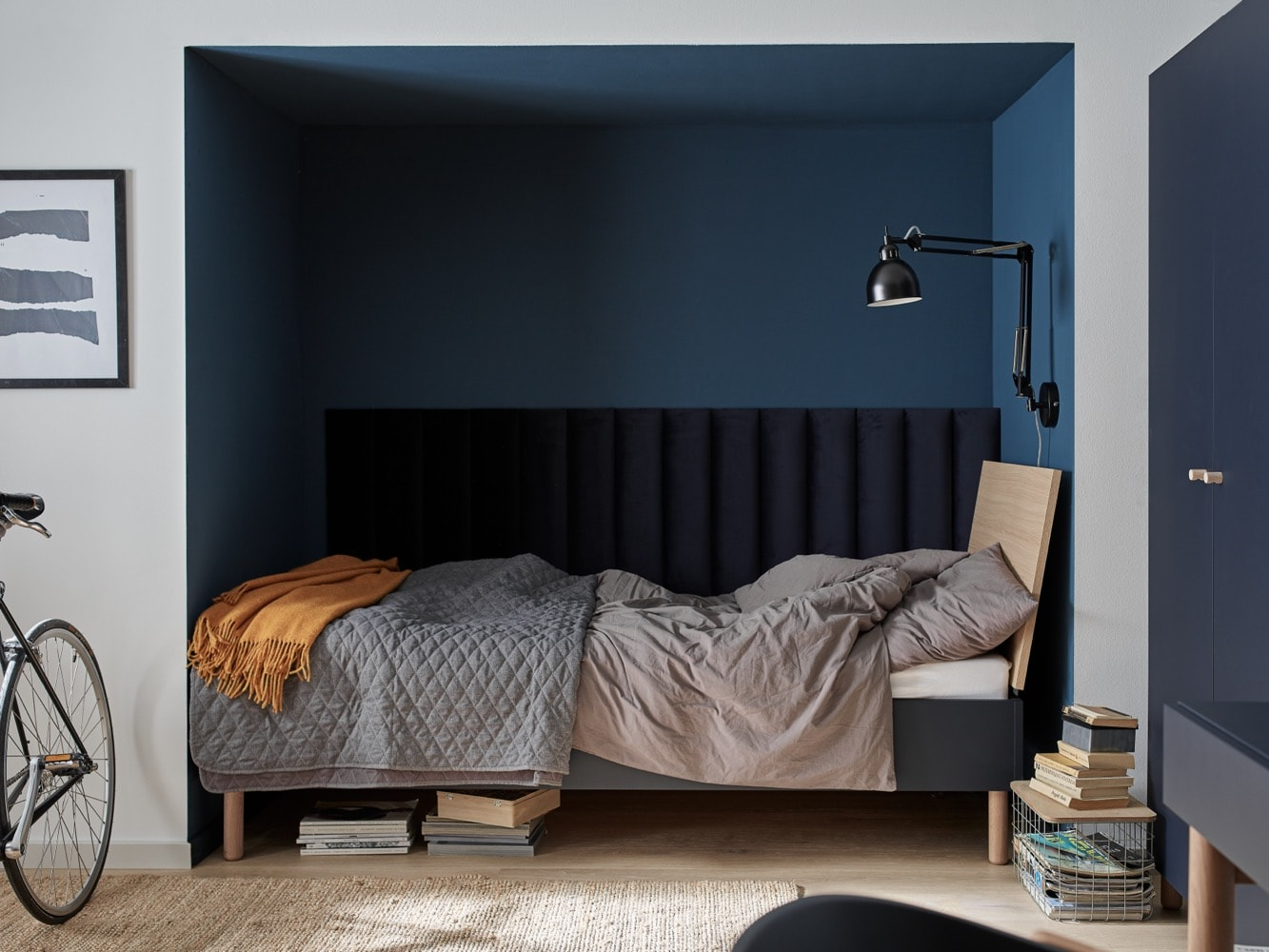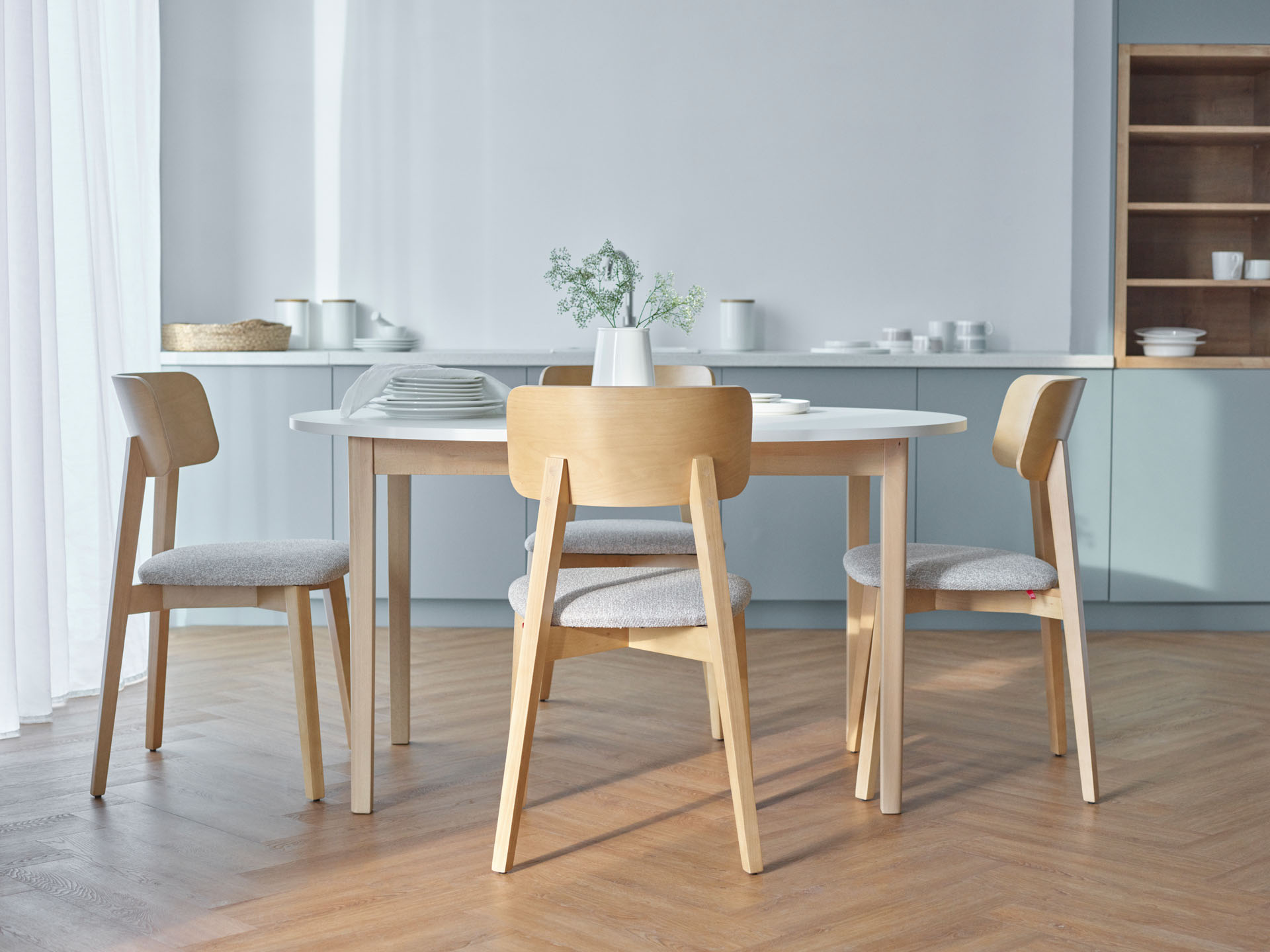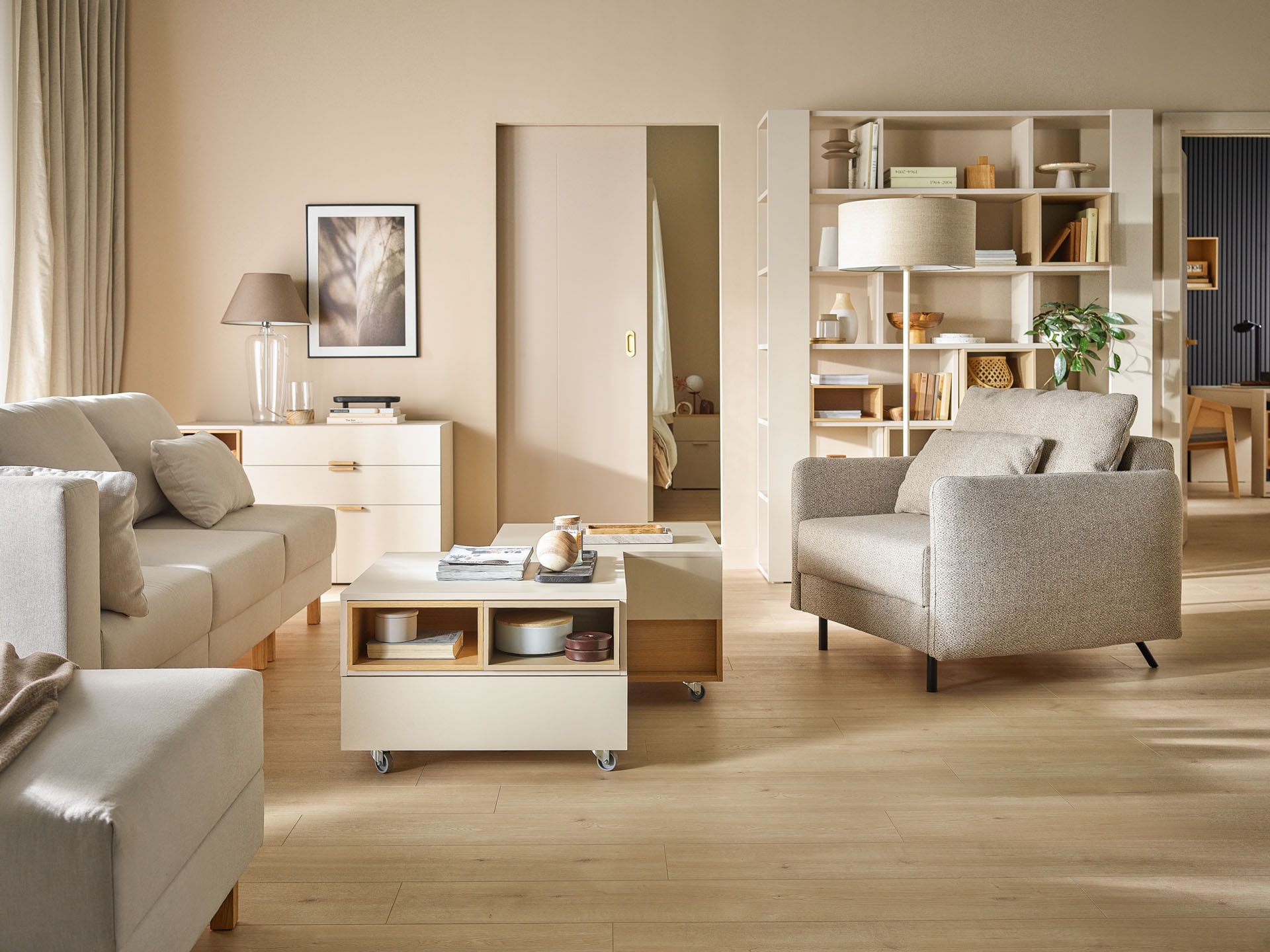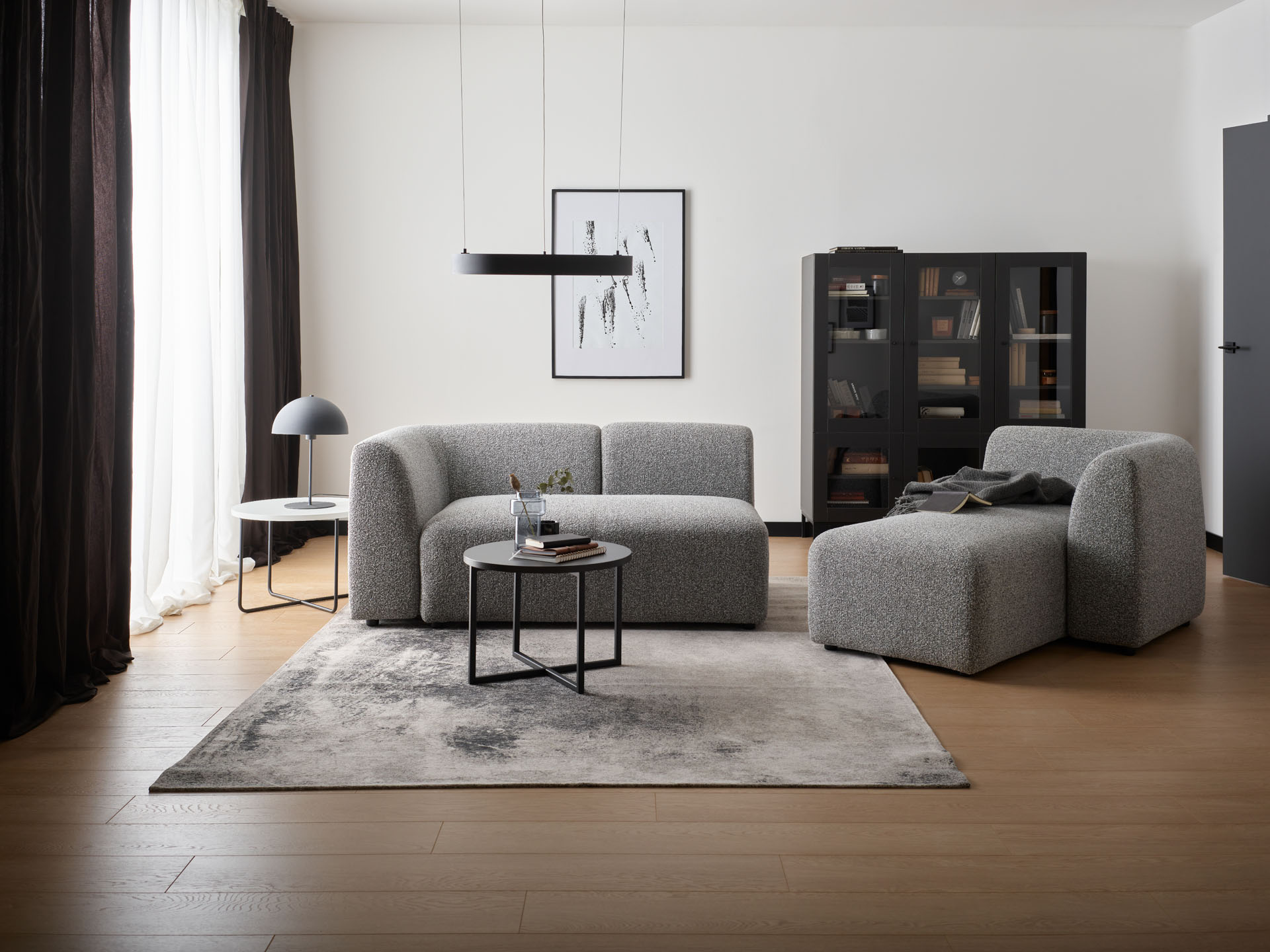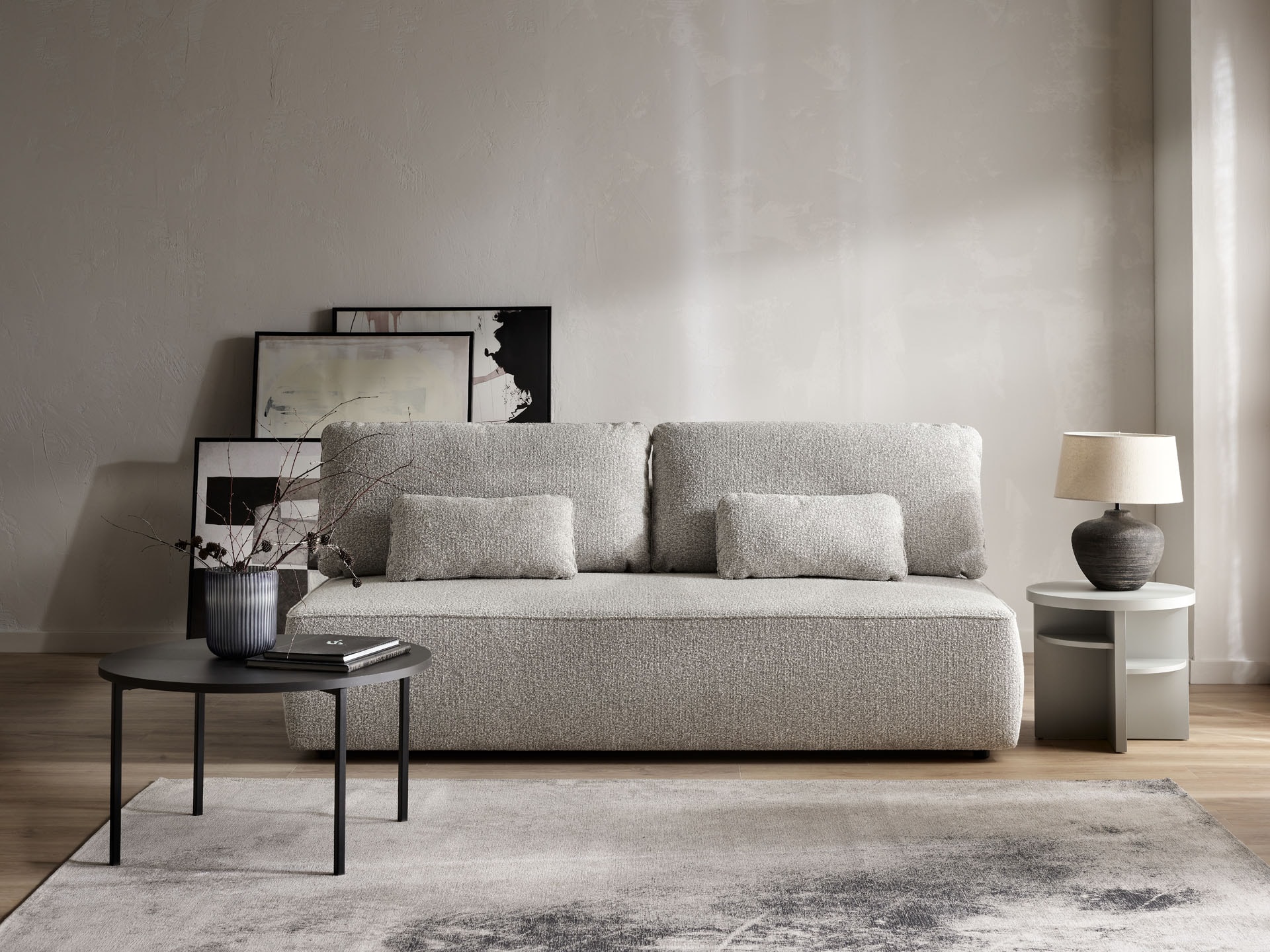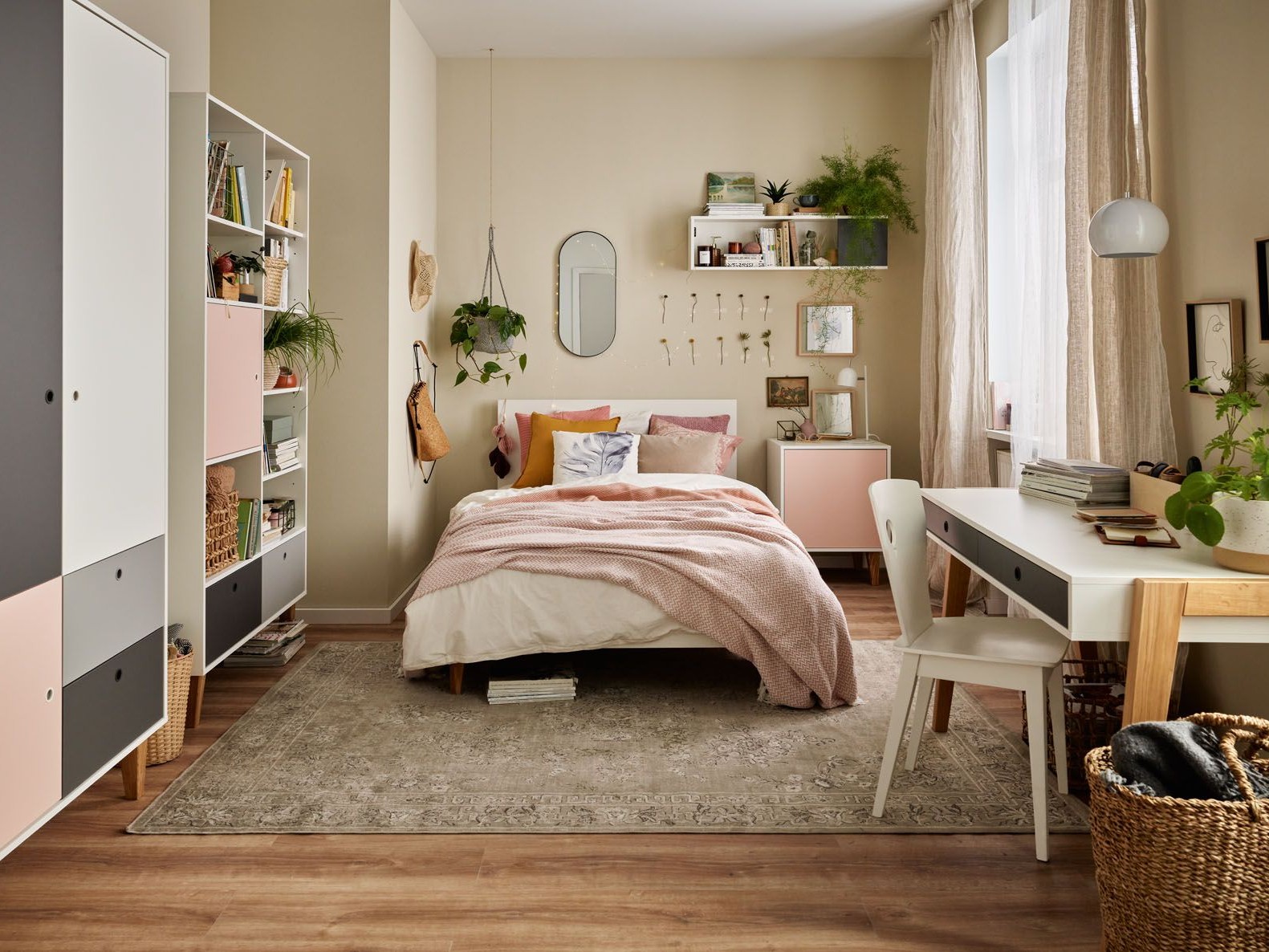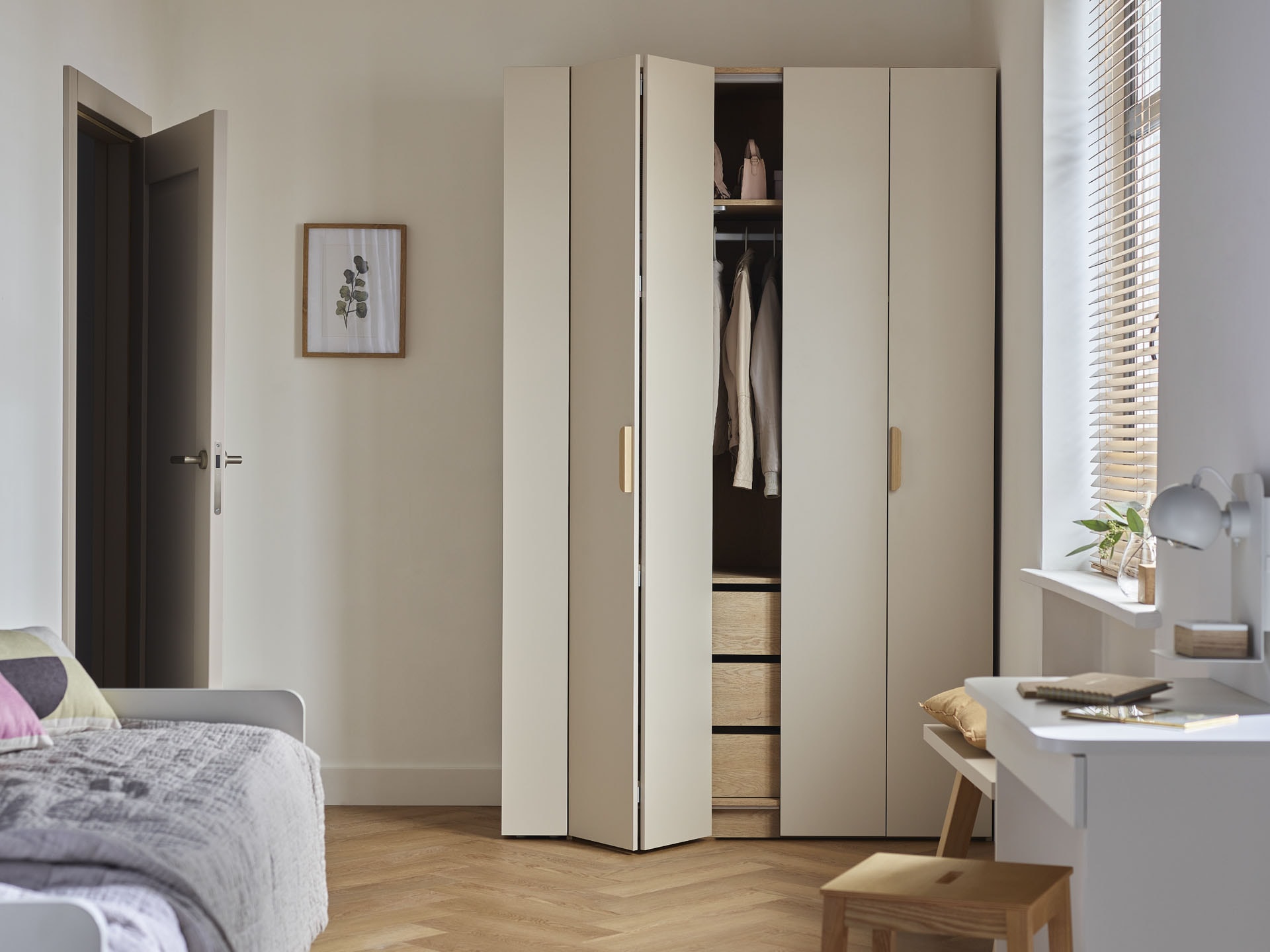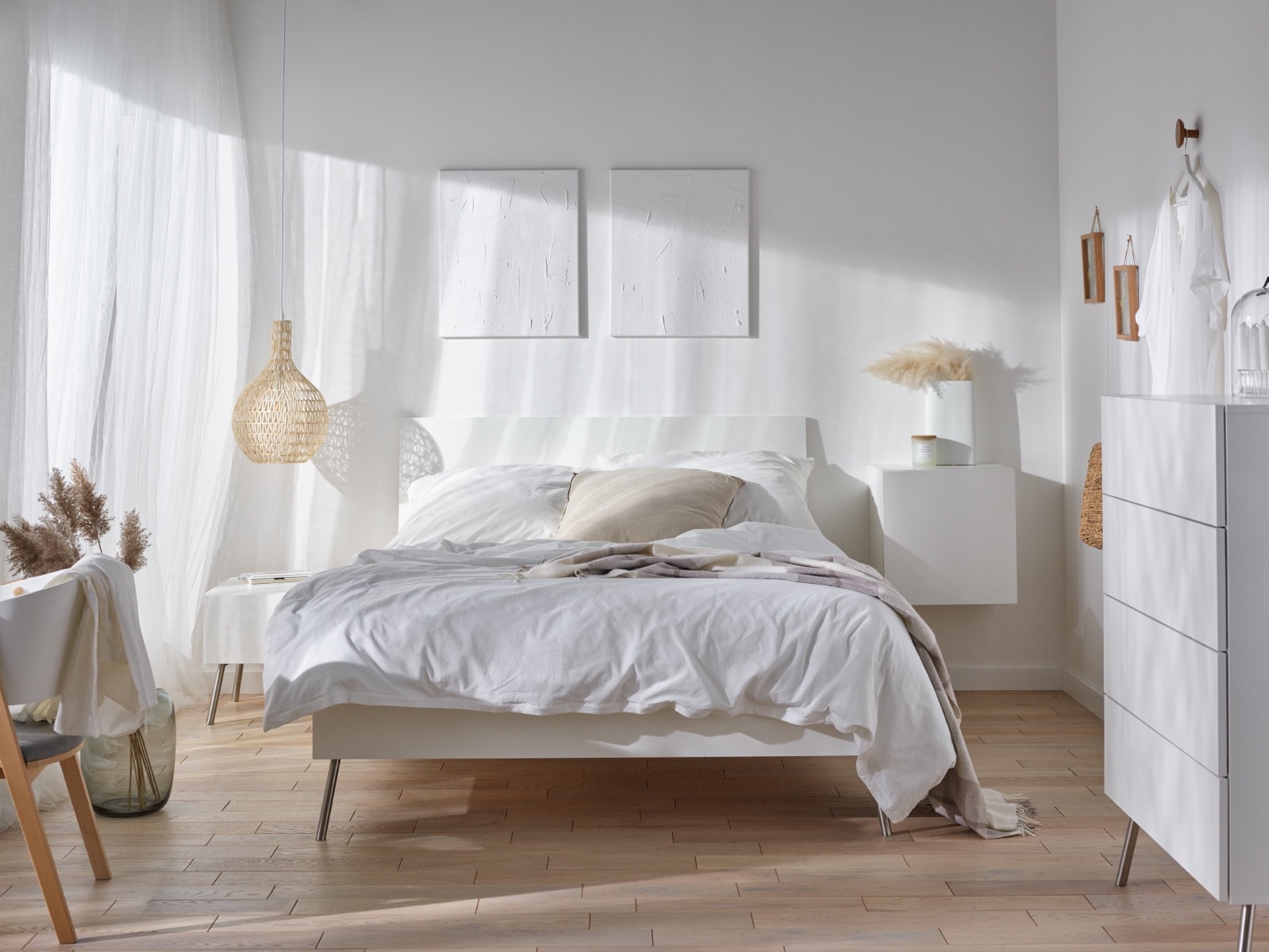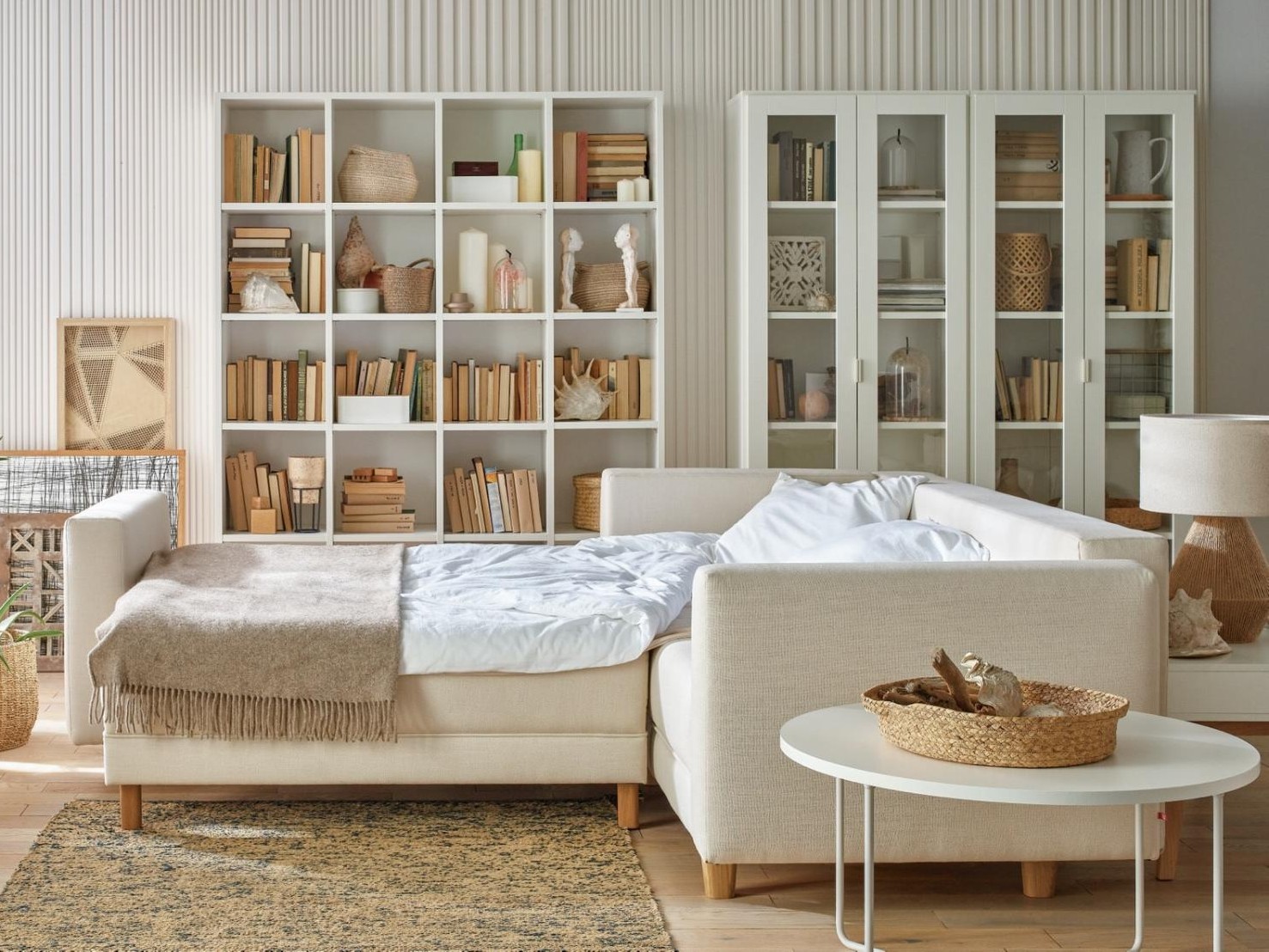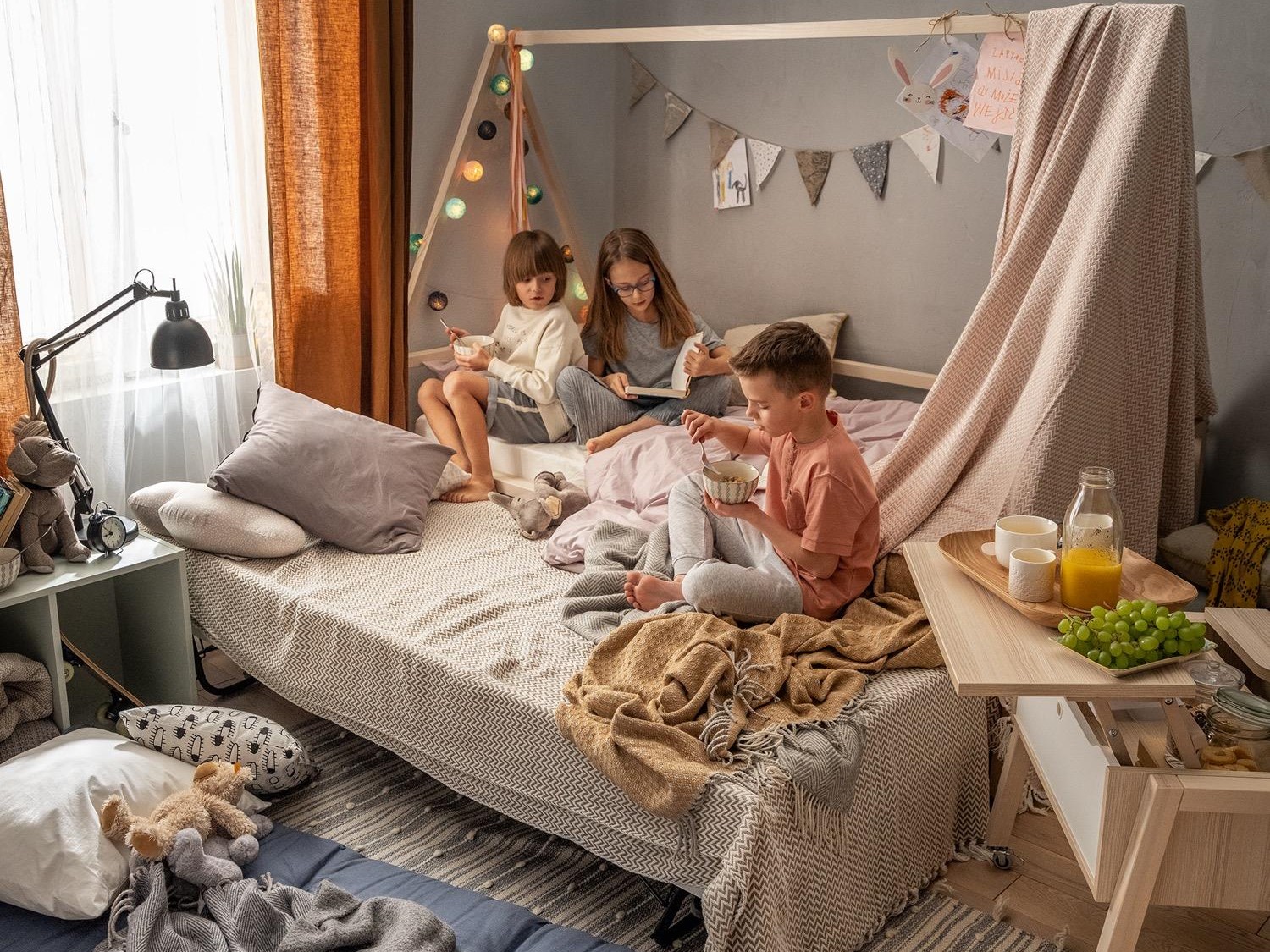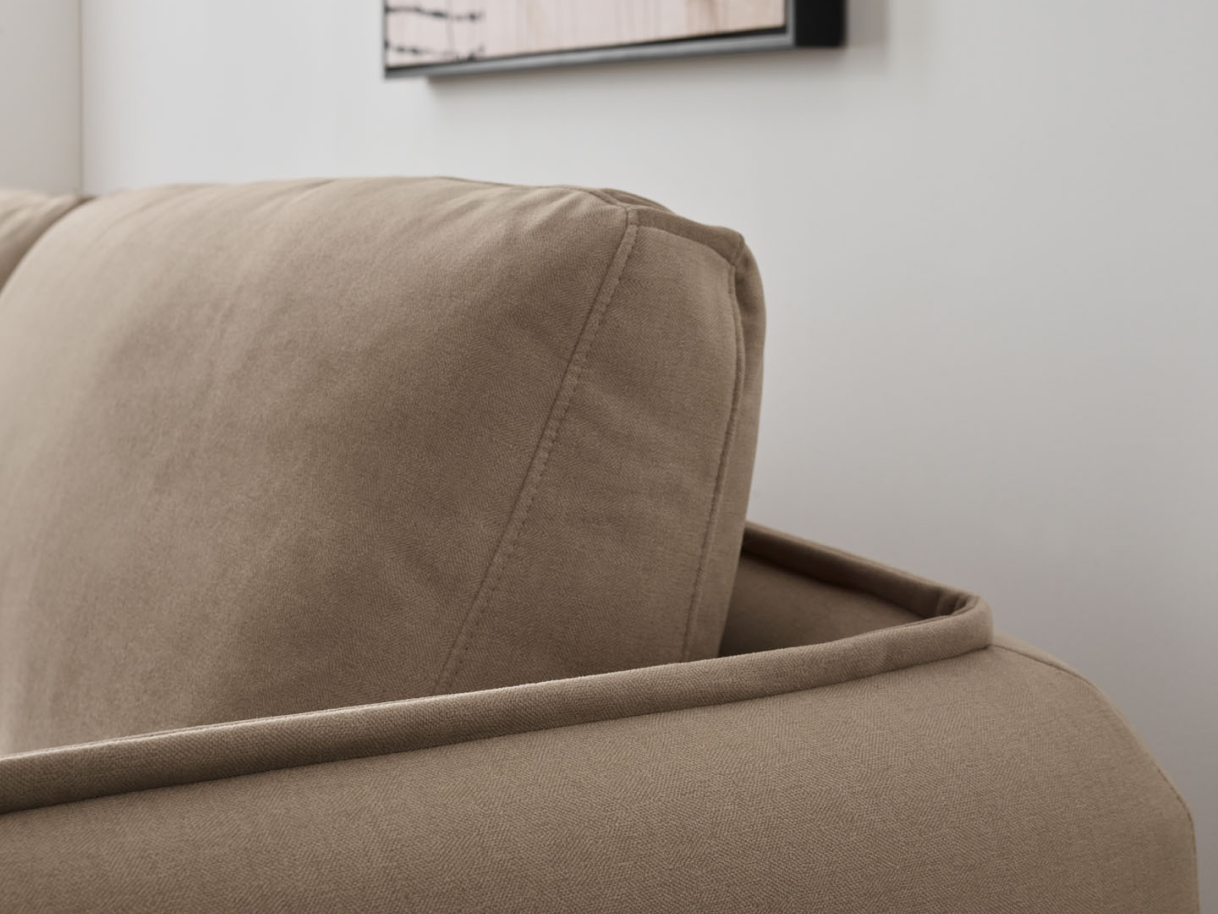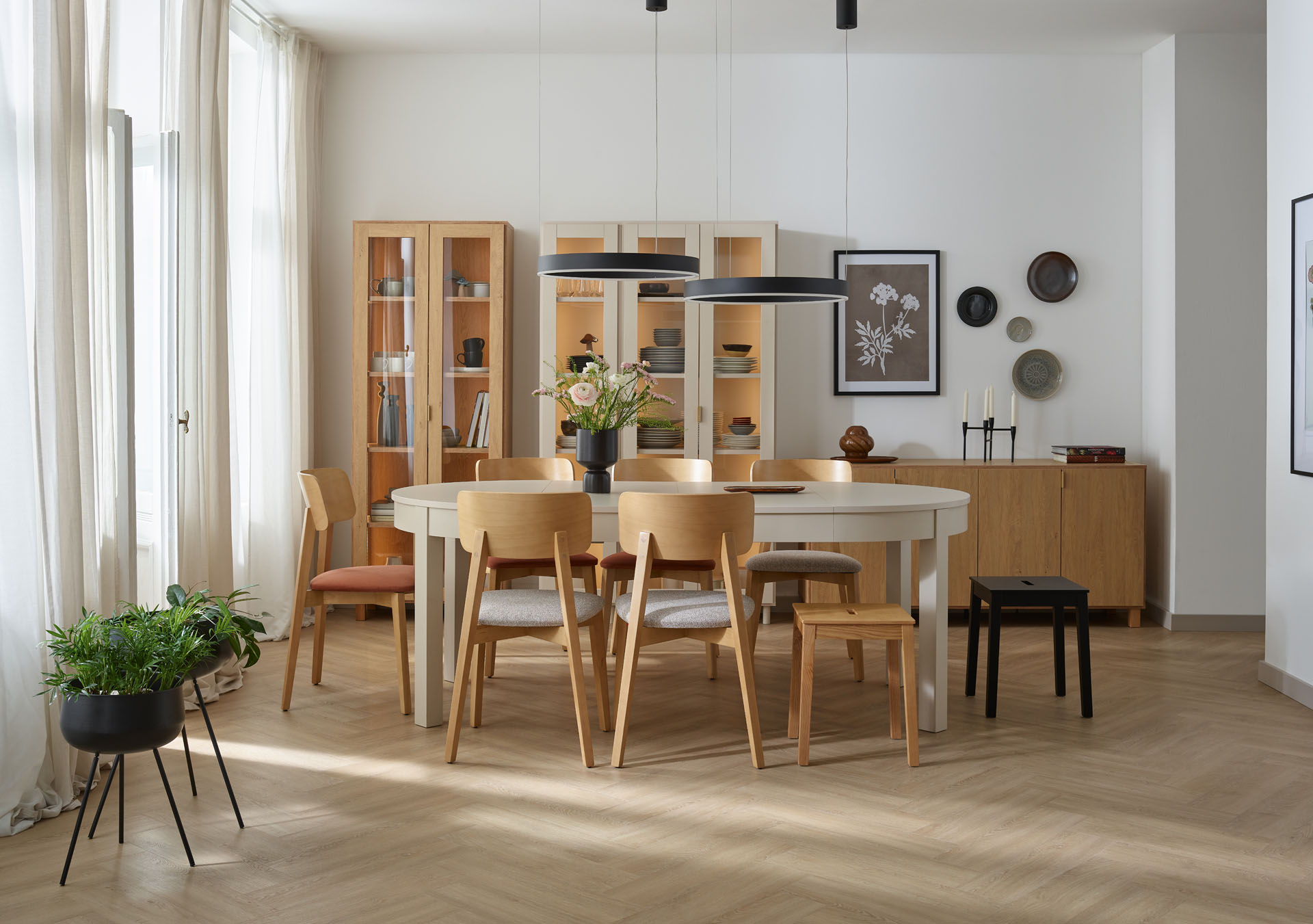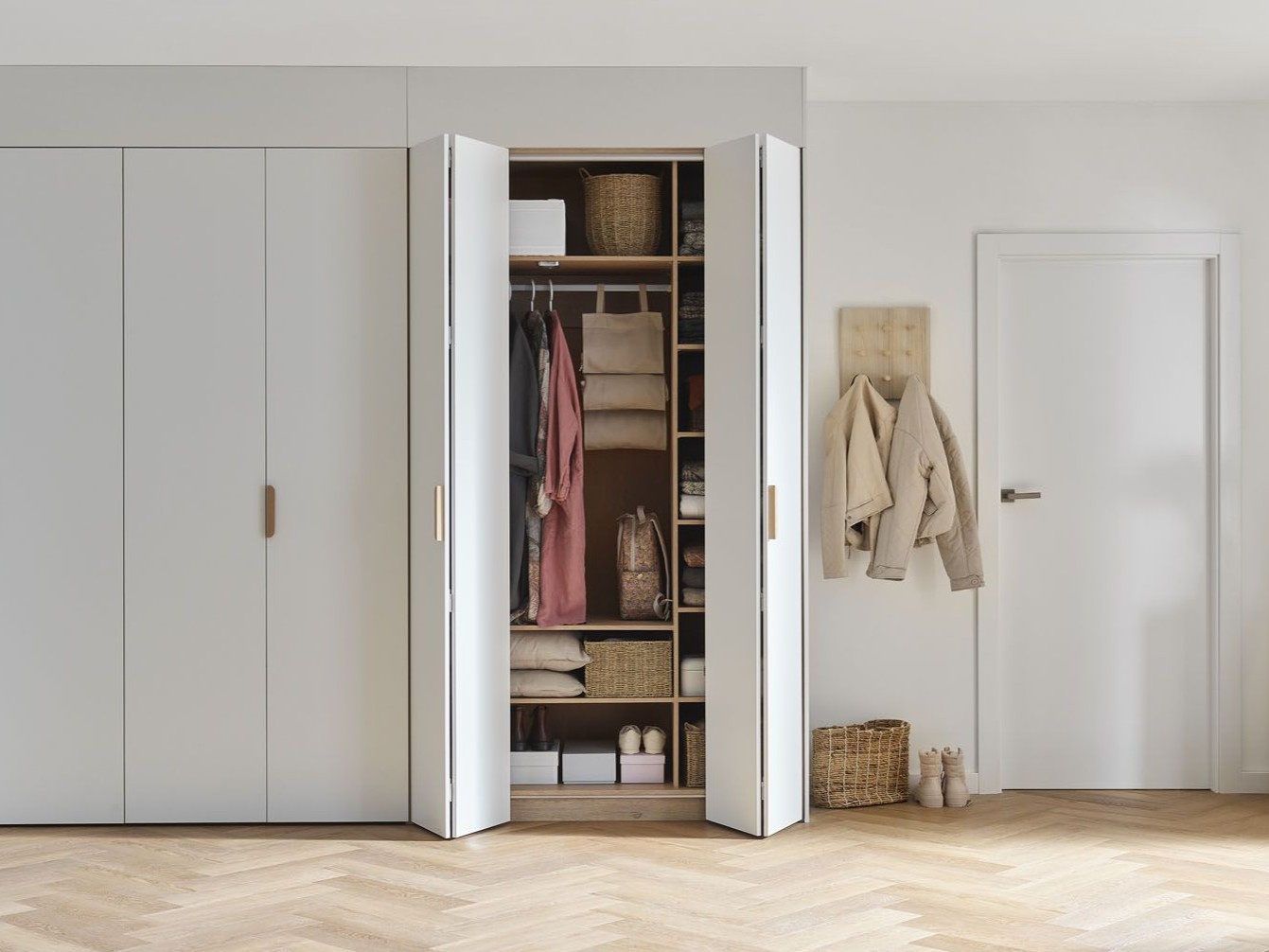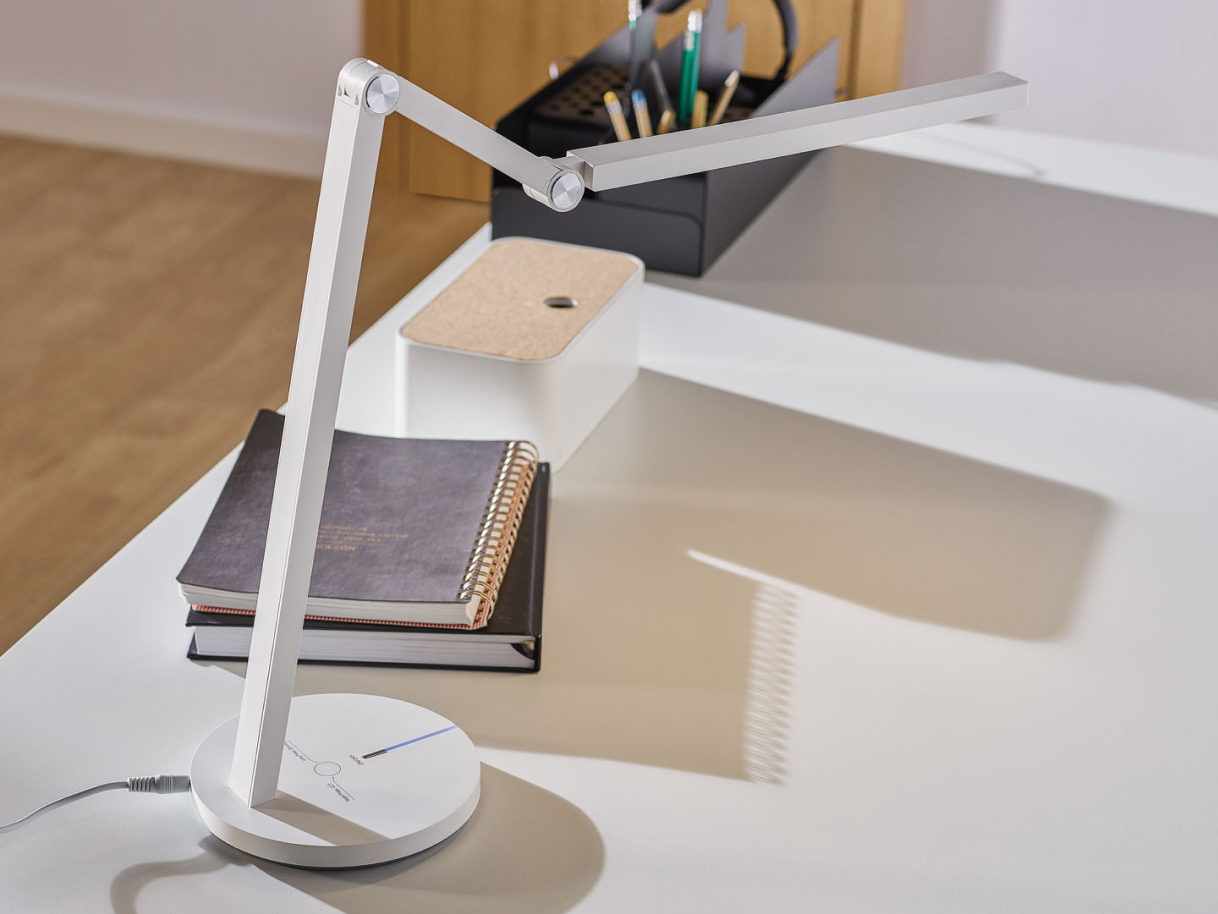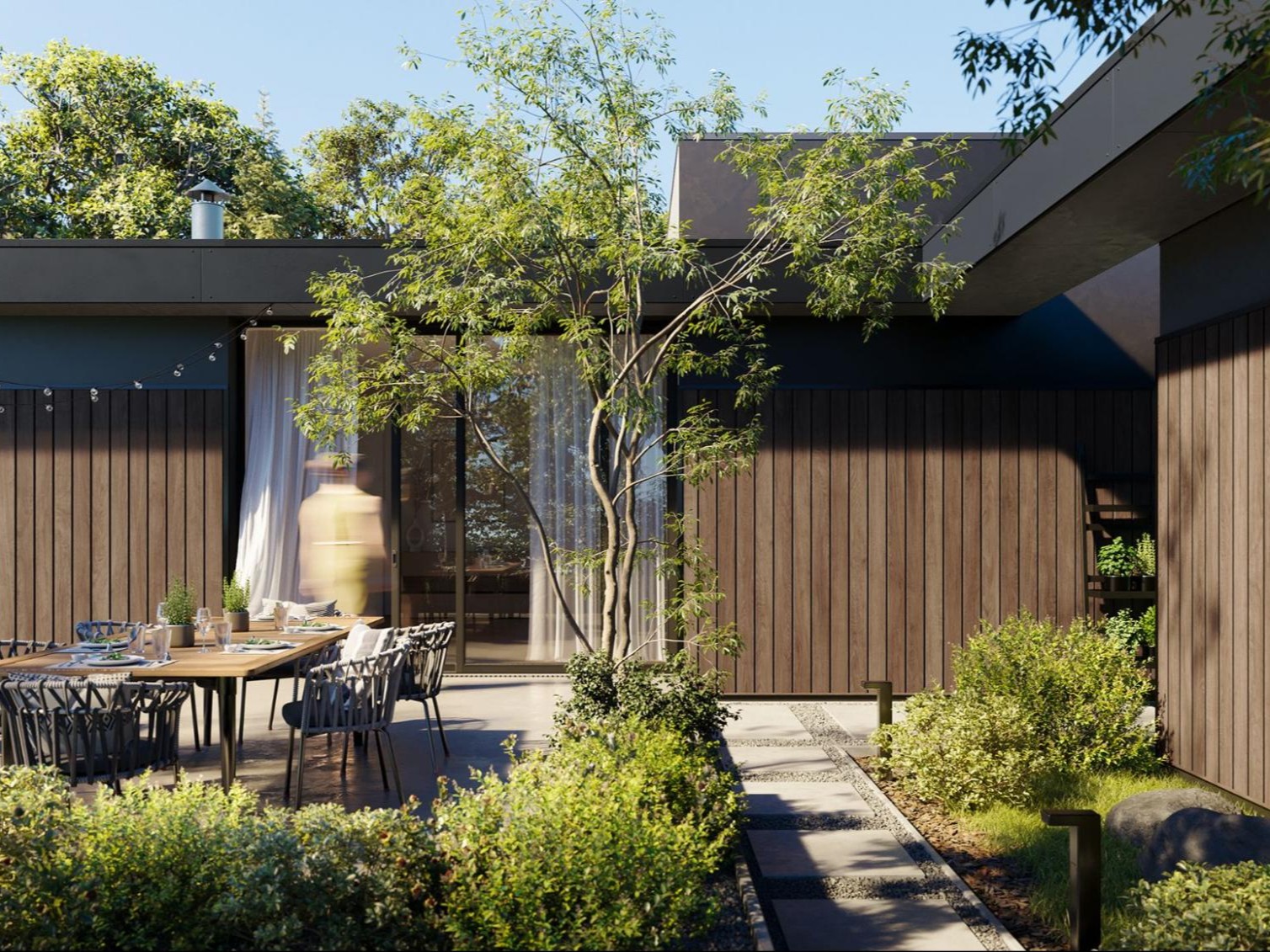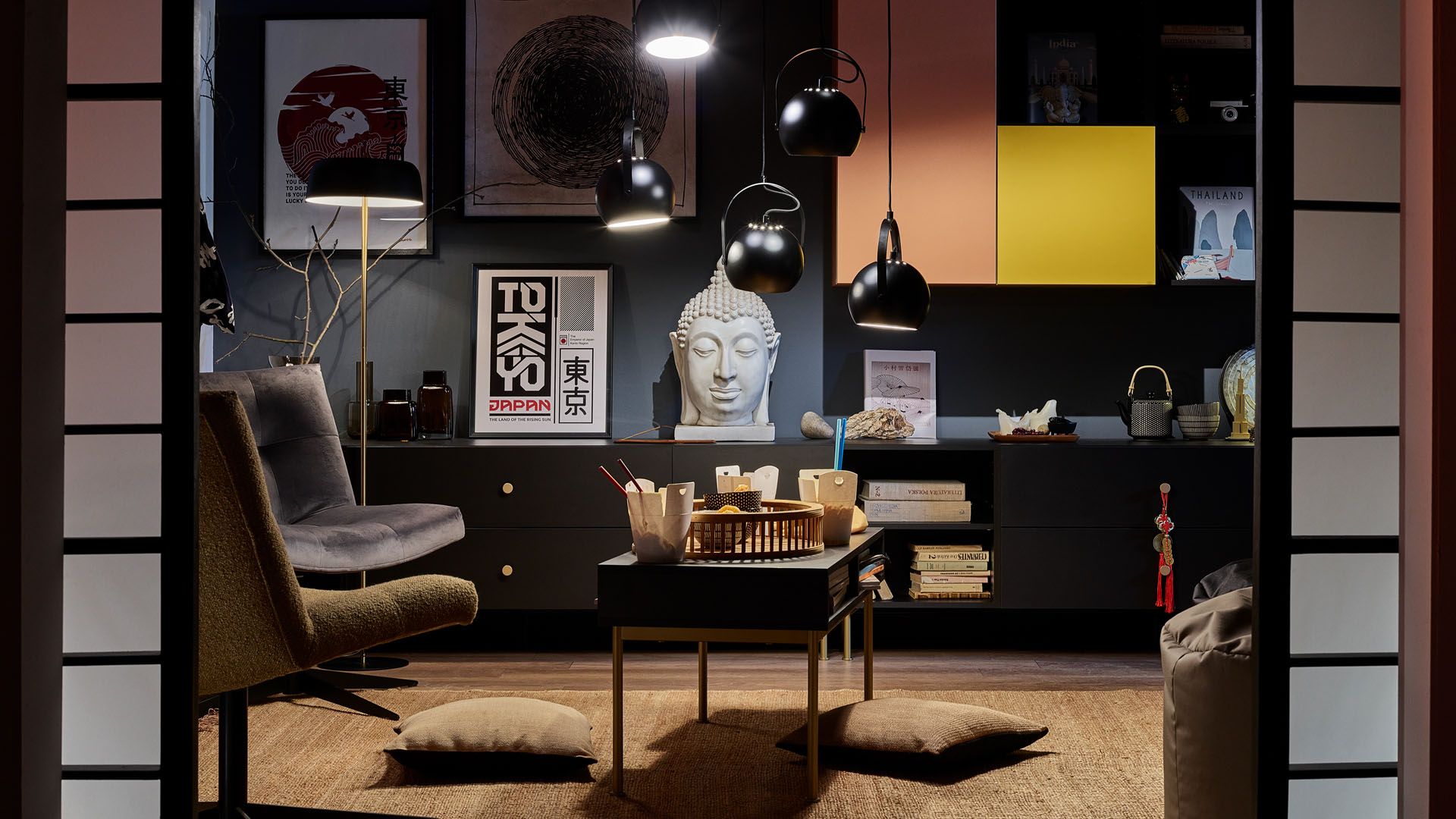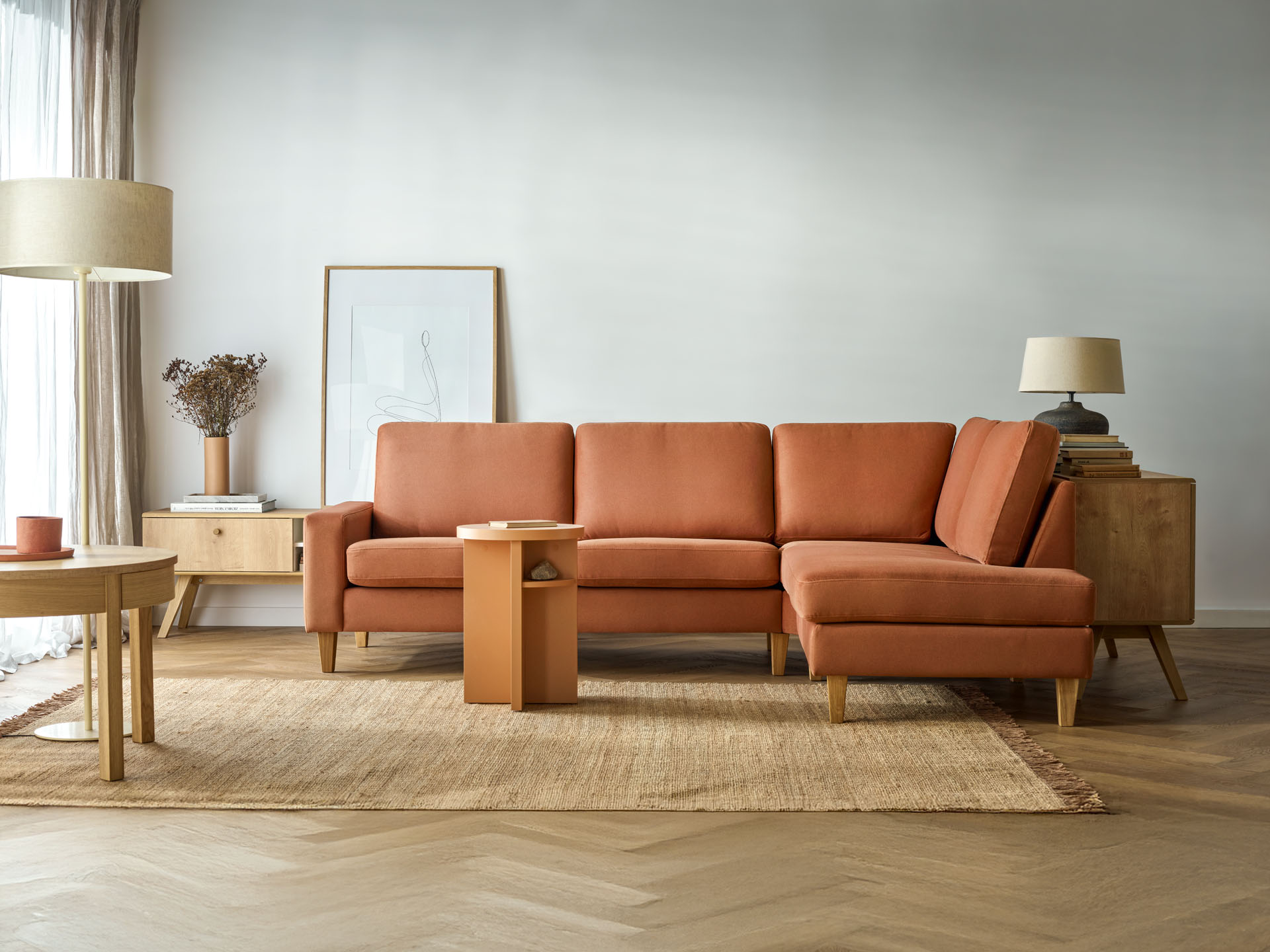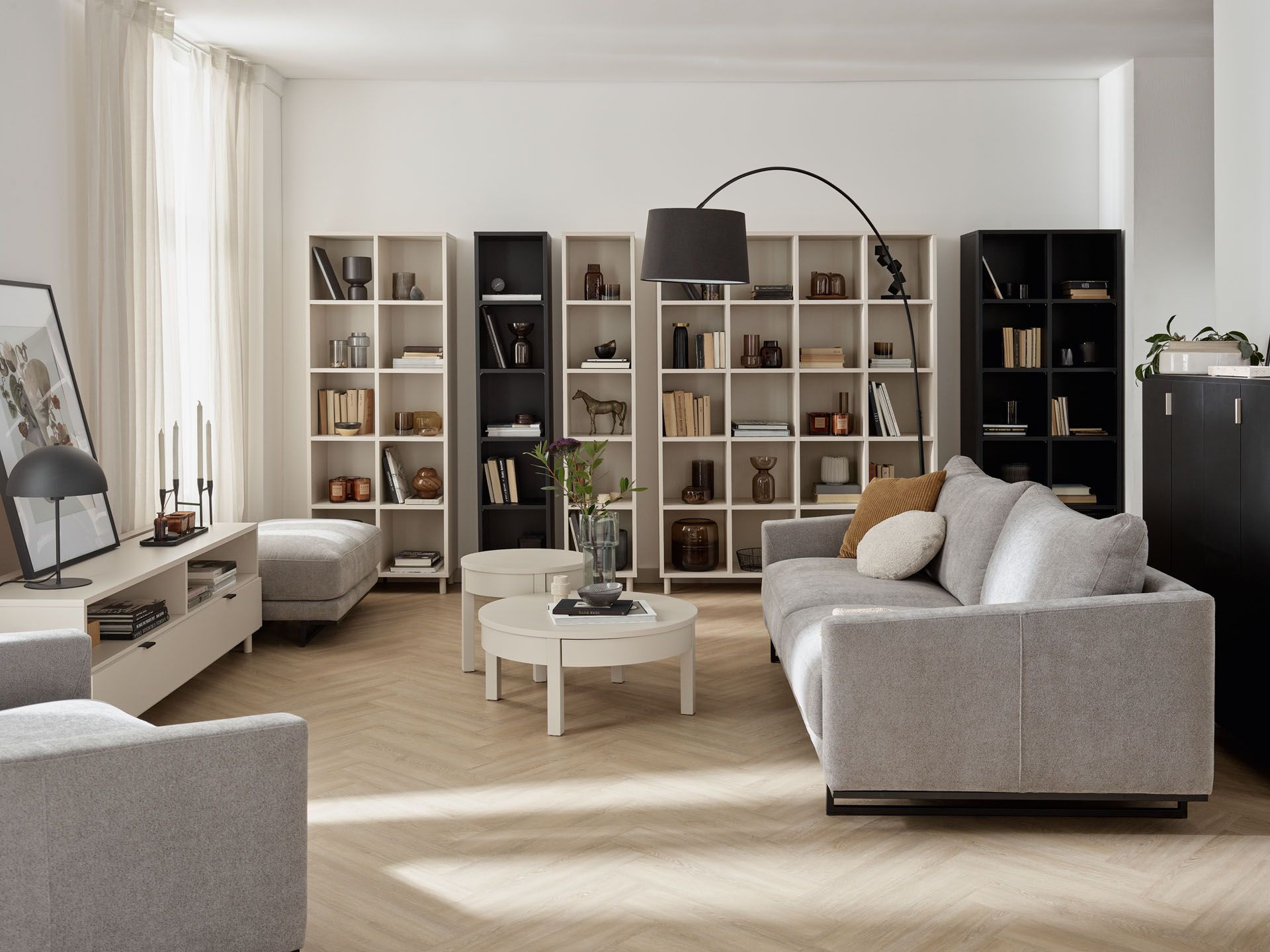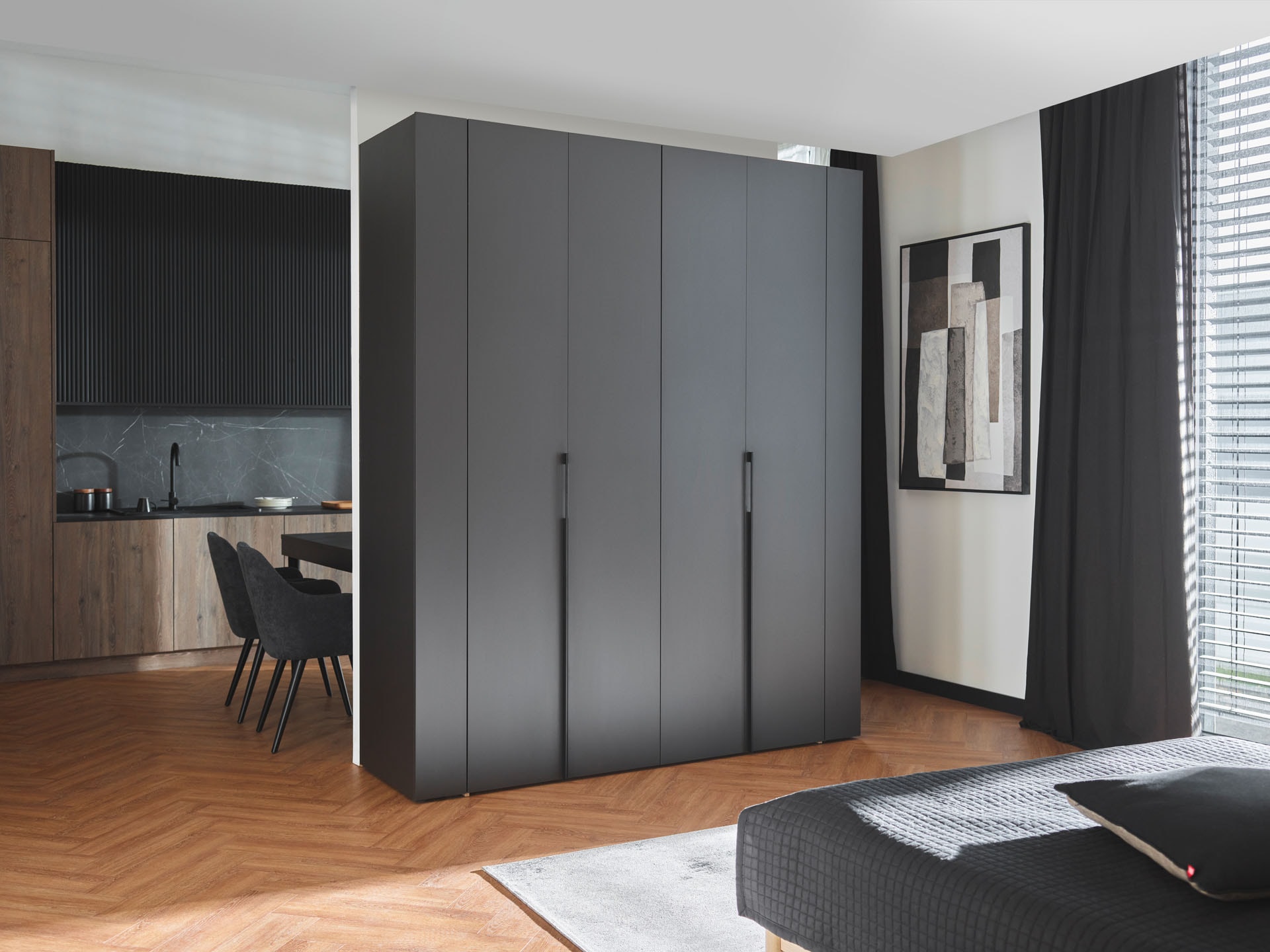Jak łączyć różne tekstury,
wzory i materiały ? aranżacja wnętrza
Tajemnicą udanych aranżacji wnętrz, w których wszyscy czują się dobrze, jest przemyślana kompozycja. Aby uniknąć monotonii, warto odejść od gładkich powierzchni i bezpiecznych zestawień. Jeśli poznamy tajniki łączenia pozornie niepasujących do siebie elementów, będziemy mogli otworzyć się na nieskończone możliwości personalizacji wystroju.
Jasny, puchaty dywan na ciemnych panelach podłogowych? Metalowy żyrandol nad drewnianym stołem? A może popartowy obraz przy welurowej kanapie? Miksując różne surowce i wykończenia, nadamy wnętrzu intrygującej głębi i wypędzimy z niego nudę. Czasem wystarczy niewielki dodatek, aby przewidywalne dotychczas pomieszczenie zaczęło wywierać duże wrażenie na gościach, a nam poprawiać na co dzień nastrój. Podpowiadamy, w jaki sposób najlepiej łączyć tekstury, wzory i materiały.
CO ZA DUŻO, TO NIEZDROWO, CZYLI PODSTAWOWE ZASADY MIKSOWANIA
Jeśli zestawimy ze sobą różne surowce i wykończenia, stworzymy warstwowy wygląd pomieszczenia. Dzięki temu wyda się ono niezwykle interesujące, niezależnie od swojego przeznaczenia. Prawdziwą sztuką jest jednak wybranie z nieskończonego wachlarza możliwości tych rozwiązań, które nadadzą wnętrzu unikalnego charakteru, jednocześnie go nie przytłaczając.
Najlepiej jest pomyśleć o danym pokoju pod kątem warstw. Pierwszą z nich niech będą ściany, podłoga i sufit, drugą – kluczowe meble, a dopiero trzecią tekstylia, dekoracje i oświetlenie. Planując aranżację, powinniśmy uwzględnić sposób, w jaki poszczególne elementy będą na siebie oddziaływać. Dobrym pomysłem może być stworzenie bazy surowców, motywów i kolorów, po które będziemy sięgać. Z takim kluczem łatwiej nam będzie dobrać odpowiednie wyposażenie tak, aby pomiędzy wspomnianymi warstwami panowała harmonia.
Planując niebanalne zestawienia tekstur, wzorów i materiałów do swojego domu czy mieszkania, warto pamiętać o kilku kwestiach. Po pierwsze, najlepiej jest zacząć od zwrócenia uwagi na podstawy, jakie już mamy. Może chodzić o kolor i rodzaj wykończenia podłogi i ścian czy duże meble, stanowiące serce pomieszczenia. Mając na względzie rzeczy, których na razie nie chcemy zmieniać, bez trudu dobierzemy pasujące dodatki.
Warto stopniowo przechodzić od większych elementów do mniejszych. Dla przykładu, oryginalne krzesła lub tapicerowaną sofę lepiej jest wybrać przed poduszkami czy zasłonami. Należy również pamiętać o roli detali. To właśnie dzięki nim możemy w prosty sposób wprowadzić do wnętrza różne faktury i kolory. Nóżki i uchwyty mebli, drobne ozdoby i osobiste pamiątki, lampy – miejmy na uwadze szczegóły, które budują charakter całej aranżacji. Jeśli mieszanie wzorów i tekstur jest dla nas czymś nowym, możemy zacząć od małych rzeczy, takich jak dwukolorowa komoda z szufladami czy gładkie krzesła Nolto z tapicerowanymi siedziskami.
ZABAWA WZORAMI Z MOTYWEM PRZEWODNIM
Jeśli pomyślimy o miksowaniu różnych elementów, często pierwszą rzeczą, jaka przychodzi nam do głowy, są wzory. Wyraziste motywy sprawdzają się w każdym pomieszczeniu i w każdej formie: od dekoracyjnych paneli ściennych Kerradeco, po przyciągające wzrok obrazy i wielobarwne poduszki. Kluczem do tworzenia spójnych kompozycji jest sięganie po nadruki, które łączą wspólne cechy. Może to być harmonijna paleta kolorów lub określony charakter, na przykład botaniczny czy geometryczny.
Nawet jeśli wybierzemy przewodni motyw, nadal cenna będzie powściągliwość, aby nie przytłoczyć wnętrza nadmiarem deseni. Spójność wystroju pomogą nam osiągnąć neutralne kolory, tworzące bazę aranżacji. Tak oto wielobarwny dywan dobrze zgra się z miękkim pledem w tej samej tonacji oraz tapetą z subtelnym, geometrycznym wzorem. Charakter oryginalnego fotela Volt w głębokim, niebieskim odcieniu podkreśli za to ceramiczny wazon Santo i spójne kolorystycznie obrazy.
Zwierzęce cętki i egzotyczne liście, minimalistyczne paski i grochy, a może odważne, wielobarwne desenie? Gdy zdecydujemy się już na wstępie na konkretny klucz, dobór pozostałych elementów wystroju wnętrza będzie jedynie przyjemnością. Nawet jeśli urządzamy duże pomieszczenie ze strefami o różnych przeznaczeniach, warto powtarzać w jego obrębie podobne kształty, kolory i wzory. Pozwoli nam to uzyskać pożądaną harmonię, pomimo obecności odważnych motywów w dekoracjach, na tkaninach czy tapetach.
MONOCHROMATYCZNOŚĆ BEZ NUDY
Jeśli nie przepadamy za mnogością wzorów i kolorów, nadal nie musimy ograniczać się do wnętrz, w których panuje matematyczny porządek. Ożywić przestrzeń pomoże nam miks tekstur, stanowiący prawdziwą gratkę dla zmysłu dotyku. Szczególnie przytulny efekt uzyskamy, łącząc elementy wykonane z różnych surowców, ale utrzymane w zbliżonej, stonowanej kolorystyce.
Na gładkich panelach podłogowych Querra Supra warto zrobić miejsce na puszysty dywan, a pod sufitem zawiesić symetryczną, okrągłą lampę Elip, która będzie rzucać przyjemny cień na jednolitą ścianę. Intrygujący kontrast uzyskamy również, łącząc nowoczesny narożnik Nui w harmonijnych obłych kształtach z miękkim pledem Flanno o trójwymiarowym wykończeniu. Dopełnić taką aranżację pomogą nam przemyślane detale, które wprowadzą dodatkowe bodźce dotykowe: szklane wazony, ceramiczne doniczki czy drewniane ramki.
DREWNO: BEZPIECZNA BAZA DLA ŚMIAŁYCH EKSPERYMENTÓW
Podczas łączenia rozmaitych tekstur, wzorów i materiałów warto zdecydować się na sprawdzonego, drugoplanowego bohatera. Szczególnie dobrze w roli surowca, który sprytnie spaja całą aranżację, odnajduje się szlachetne drewno. Harmonię do wnętrza z kolorowymi ścianami wniosą naturalne deski podłogowe Skandinavien, których odcień warto powtórzyć w wykończeniach mebli. Wystrój bazujący na matowej czerni doskonale ożywią za to powierzchnie pokryte jasną, dębową okleiną. Aby uniknąć ponurego efektu, ciemne fronty mebli z kolekcji Simple warto połączyć z korpusami w drewnianym odcieniu, a na ścianie zawiesić nowoczesny obraz w naturalnej ramie.
MIKSOWANIE Z MYŚLĄ O WSPÓLNEJ GENEZIE
Ciekawym spoiwem dla aranżacyjnych eksperymentów może być również pochodzenie stosowanych surowców. Świetnie w swoim towarzystwie będą wyglądać wszelkie naturalne materiały, takie jak drewno, wiklina czy rattan. Do okrągłych stolików kawowych Creative na prostych, dębowych nogach warto więc dobrać plecione pojemniki Pajo z hiacynta wodnego, a jako ozdobę wykorzystać trawertynowe świeczniki lub bukiet suszonych traw w nietuzinkowym wazonie Aura z barwionego szkła. Jeśli dodamy do takiego zestawienia różne ceramiczne naczynia dekoracyjne i osłonki na doniczki oraz żywe rośliny, wniesiemy do wnętrza swobodny klimat, nawiązujący do wiejskiej sielanki.
WYTWORNA KOMBINACJA NA BAZIE KONTRASTU
Rozmaite faktury i materiały sprawdzają się nie tylko w wesołych wnętrzach pełnych ciepła. Wielowarstwowa kompozycja może stanowić także serce wytwornego salonu czy eleganckiej sypialni. Chcąc uzyskać wyrafinowany efekt, warto postawić na ograniczoną liczbę dodatków i wyraźny kontrast. Tak oto obok dużego, ciemnobrązowego stołu Creative mogą zawisnąć lekkie, jasne zasłony, a w dużym, szklanym wazonie Verti zostać umieszczone drobne, delikatne kwiaty. Za miękkim, obitym tkaniną fotelem warto umieścić za to surową, metalową lampę Enjoy.
Szeroki, tapicerowany zagłówek będzie z kolei idealnym dopełnieniem gładkiego łóżka Creative na czarnej, metalowej płozie. Bazą takiej sypialni mogą być ciemne meble ze szlachetnymi, złotymi uchwytami i nóżkami, wnoszącymi wyważony chłód. Szafkę nocną czy komodę z wymarzonymi detalami zaprojektujemy w intuicyjnym systemie Creative, oferującym setki unikalnych kombinacji.
ZAPLANOWANY CHAOS, CZYLI SPOSÓB NA BEZTROSKĄ ATMOSFERĘ
Najważniejsze jest, aby dom był jak najbardziej nasz. Łącząc różne tekstury i materiały podczas aranżowania wnętrza warto więc znaleźć miejsce na wszelkie przedmioty, które lubimy mieć pod ręką, oraz poprawiające humor ozdoby. Taki kontrolowany nieład wniesie do pomieszczenia lekkość i stworzy w nim radosną atmosferę. Jak jednak zestawić tak wiele różnych kolorów i faktur, aby żaden element nie wydawał się przypadkowy?
Podczas urządzania wnętrza pełnego rozmaitych dodatków szczególnie ważne są proporcje. Warto zdecydować się na jeden dominujący kolor, który pozwoli wybrzmieć pozostałym. Swoistą mapę dla całej aranżacji może stanowić wielobarwna tapeta. Obecne na niej odcienie będziemy mogli swobodnie powtarzać w pomieszczeniu w rozmaitych formach. Dzięki wybranym na początku motywom przewodnim z pozornego chaosu wyłoni się harmonia.
Wnętrze będzie wydawać się bardziej uporządkowane również wtedy, jeśli kilkakrotnie zastosujemy konkretne surowce i faktury. Dla przykładu, do metalowej lampy Ohio mogą nawiązywać nóżki mebli, minimalistyczne figurki i aluminiowa rama fotografii Glass City, a drewniany odcień jednego mebla może powtórzyć się w uchwytach szuflad innego oraz praktycznych ozdobach. Takie staranne, warstwowe wykończenie stworzy wrażenie głębi, od której będzie trudno oderwać wzrok.
Jasne kolory z ciemnymi, wypukłe powierzchnie z płaskimi, wzorzyste tkaniny z gładkimi, błyszczące wykończenia z matowymi – takie mieszanki nadają wnętrzom urzekającej dynamiki. Nie bójmy się więc łączyć ze sobą różnych materiałów, tekstur i wzorów. Twórzmy niepowtarzalne kombinacje, odzwierciedlające nasz gust i osobowość. Testujmy rozmaite rozwiązania i dajmy się pozytywnie zaskoczyć przez własne cztery kąty. Czasami wszystko, czego potrzebują, to niebanalne dodatki z wyjątkową fakturą.



